markshan
1K Club - QQ Shooting Star
Yes, exactly. That post said to use a mono cartridge.IIRC, I believe this is essentially what the s>m function does in clickrepair - declick, then fold - but in 1 “pass through”.

Yes, exactly. That post said to use a mono cartridge.IIRC, I believe this is essentially what the s>m function does in clickrepair - declick, then fold - but in 1 “pass through”.
It doesn't completely remove the cowbell, but it will soften it.I had not noticed cowbell being an issue with CR. I'll keep that in mind. Drum kits are sometimes full of metallic percussion. Hummm.
Actually a Y connector will increase the level where a proper mono switch has resistance so the level remains consistent when depressed.A mono switch is a fold-down on the preamp actually, often called "summing" the signal to mono. As is a "Y" connector.
Why?I never ever do a fold in digital.
Because it is not a perfect re-encode lossless of the signal. Every time you crunch the numbers down digitally you are losing or getting further away from the attempt at an exact representation of the analogue wave. This is why EQ is also done in analogue before capture when possible.Why?
IOW separating the mono signal [which has both L+R and L-R components into mid/side, keep the mid and ditch the side from the git-go, the results in my experience [been doing this since the 80s] are cleaner than just choosing a cleaner side [left or right wall] because it filters out all noises that are not common to both. many pre-amps do not separate mid/side and just mix the left side with the right side for their mono switch. on a PC you will need a channel mixer to do the job right. several programs including d-cart and sound forge have this channel mixer feature, as does iZotopeRx. phono carts that are wired for true mono also do the mid/side separation, ditching the side.Noooo! If you declick then fold, the program gets to capture the profile of the click on each wall of the record separately, correct each optimally then output a cleaner signal, which you should then fold. What do you mean by "a true mono switch [NOT just a fold-down] on the preamp"? I listen to mono records with the mono switch on my 2230, but I always capture in stereo.
It works in Win 10 just fine. It's the older version of Java that is required to run it.i used CR for many years until windows 10 was foisted upon me and i didn't find out about undoing it in time.it may work in 10 pro but certainly not in any consumer version of 10.

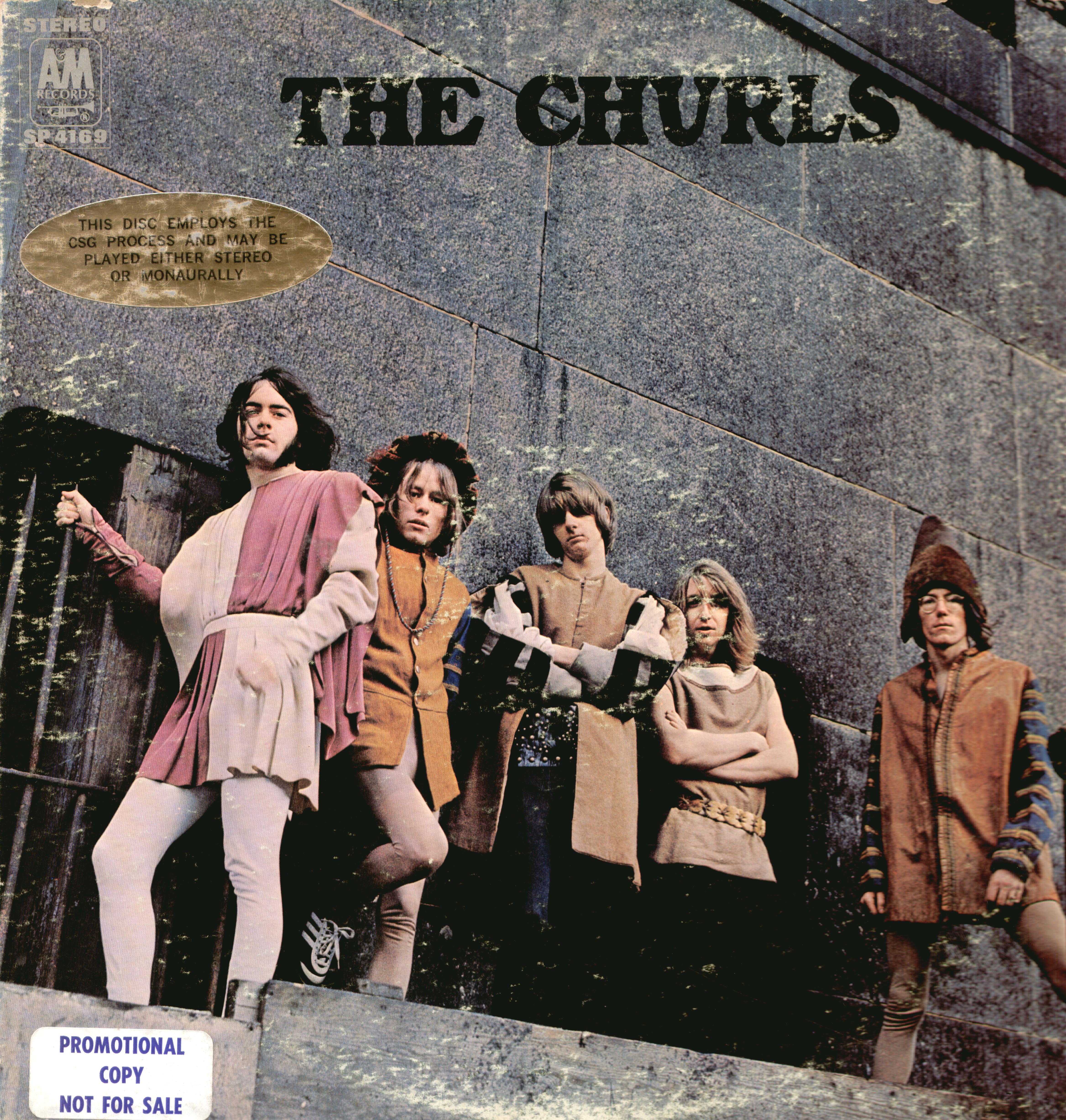
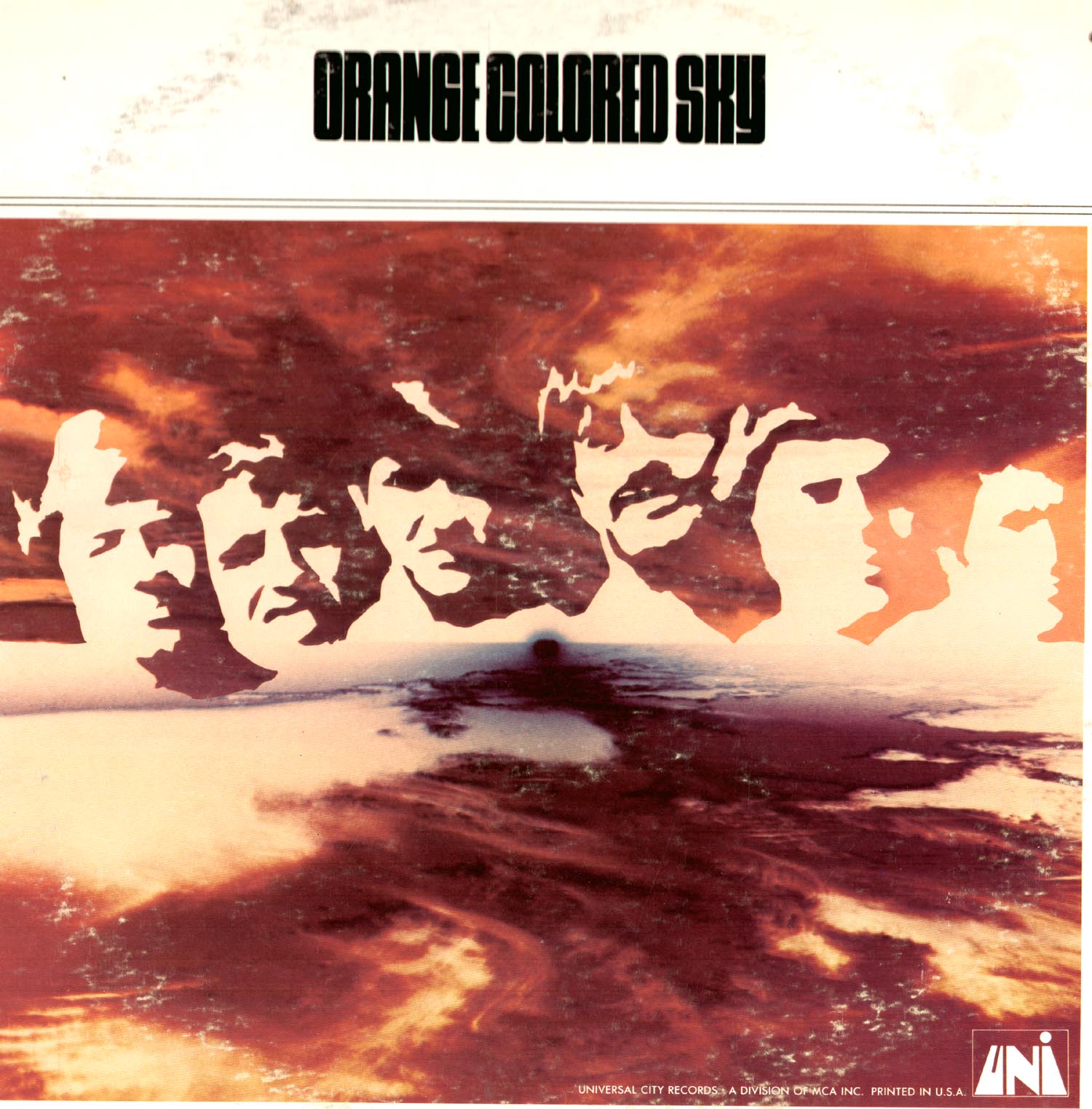
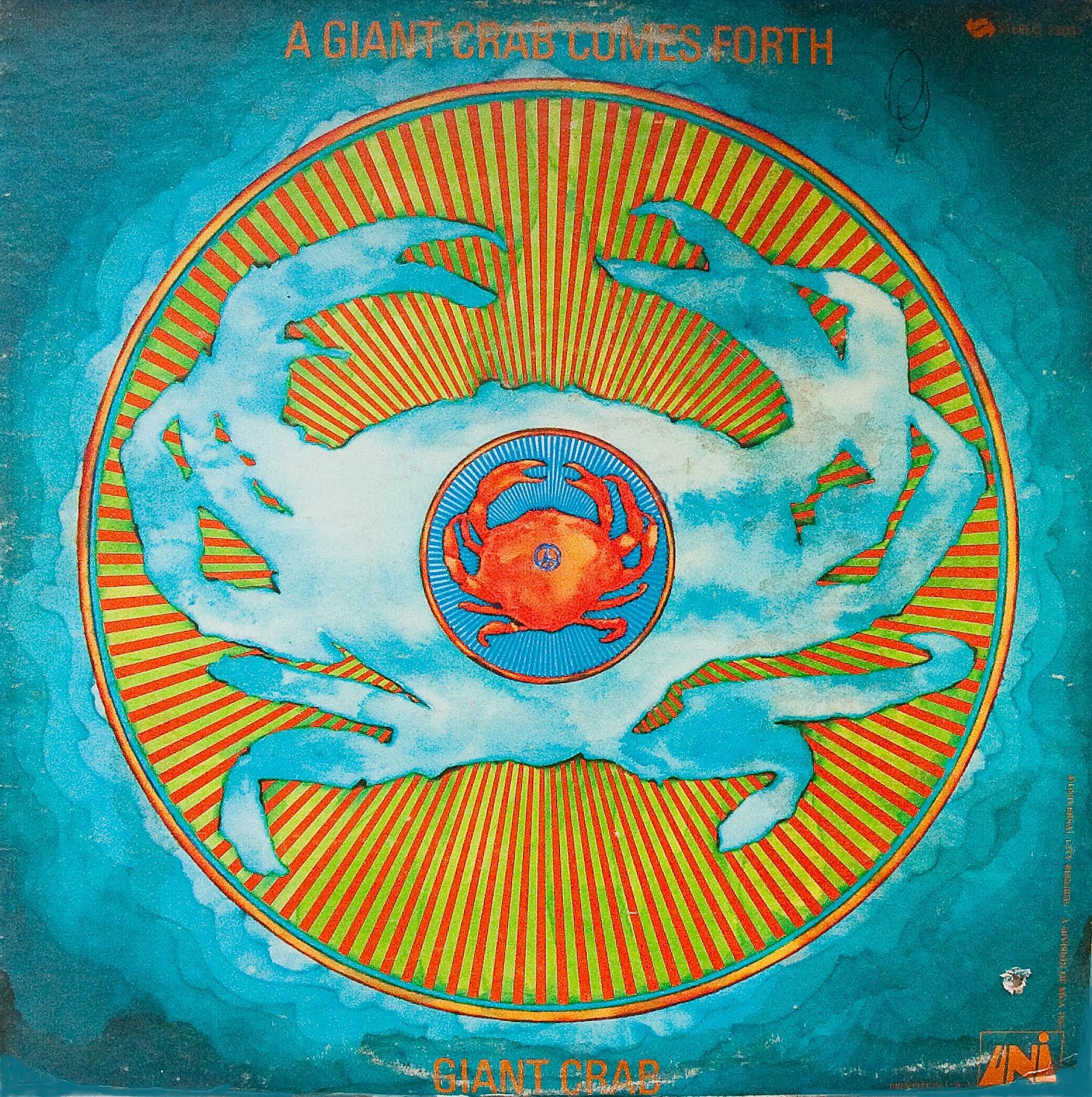
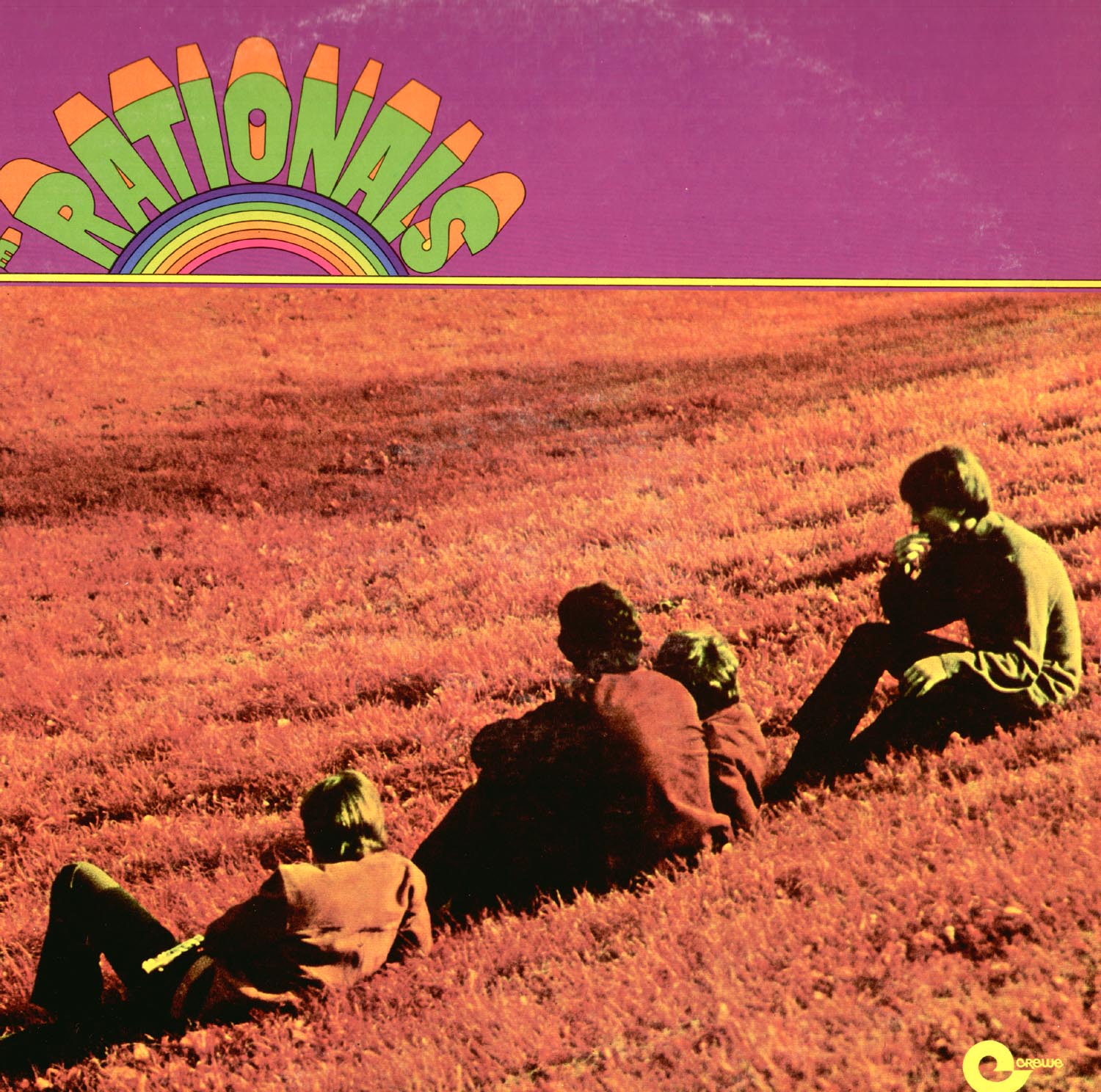
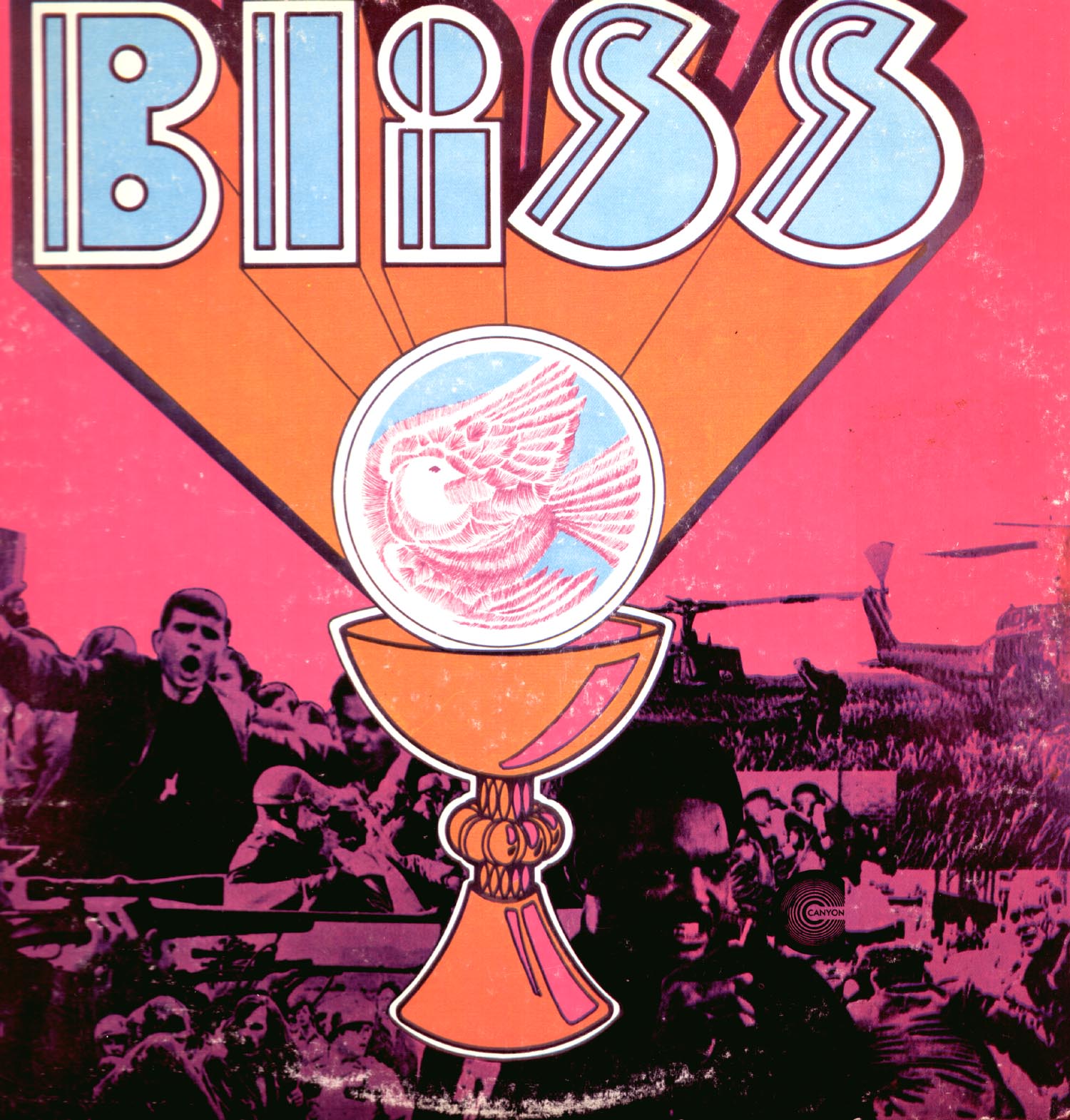
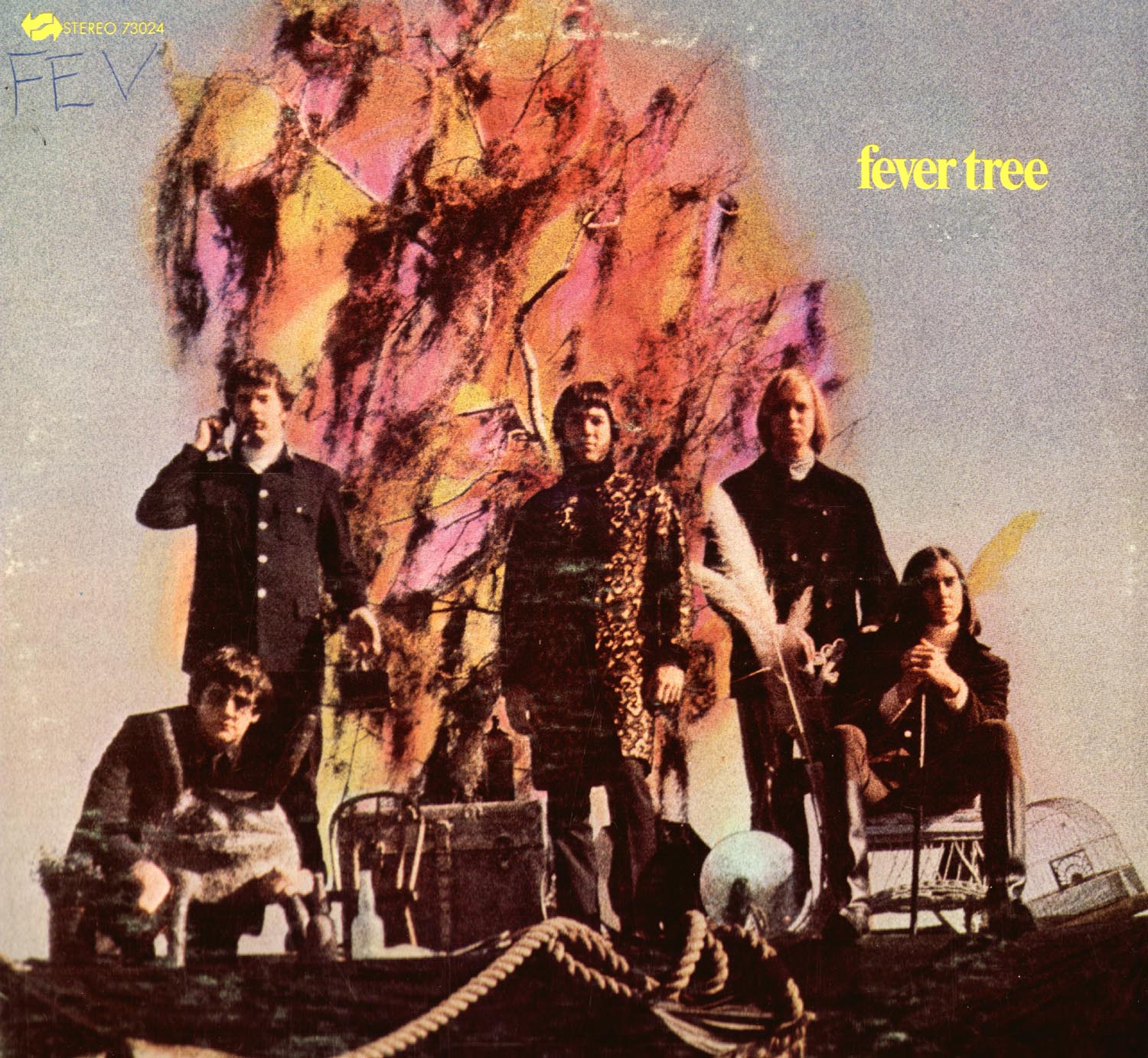
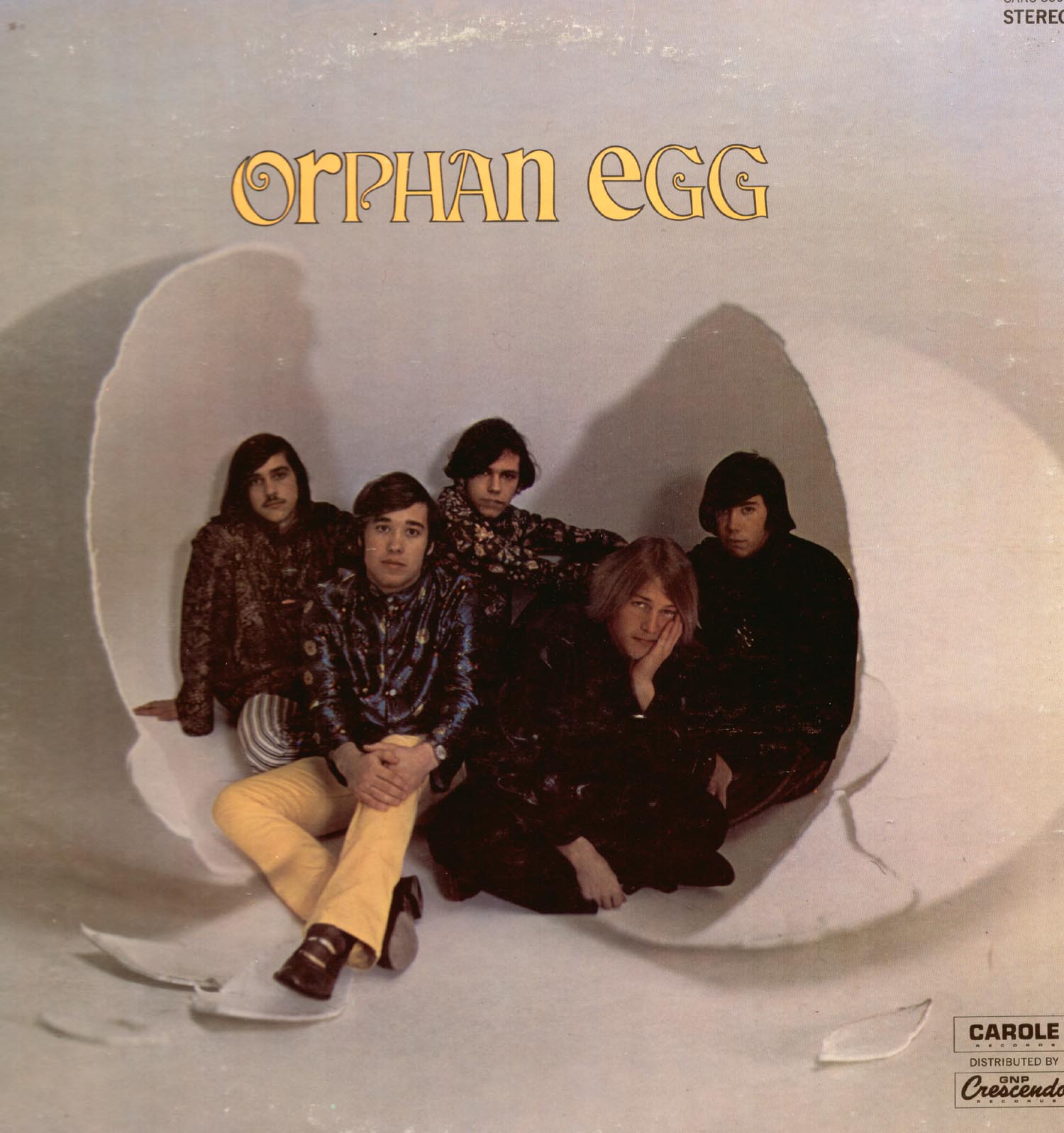
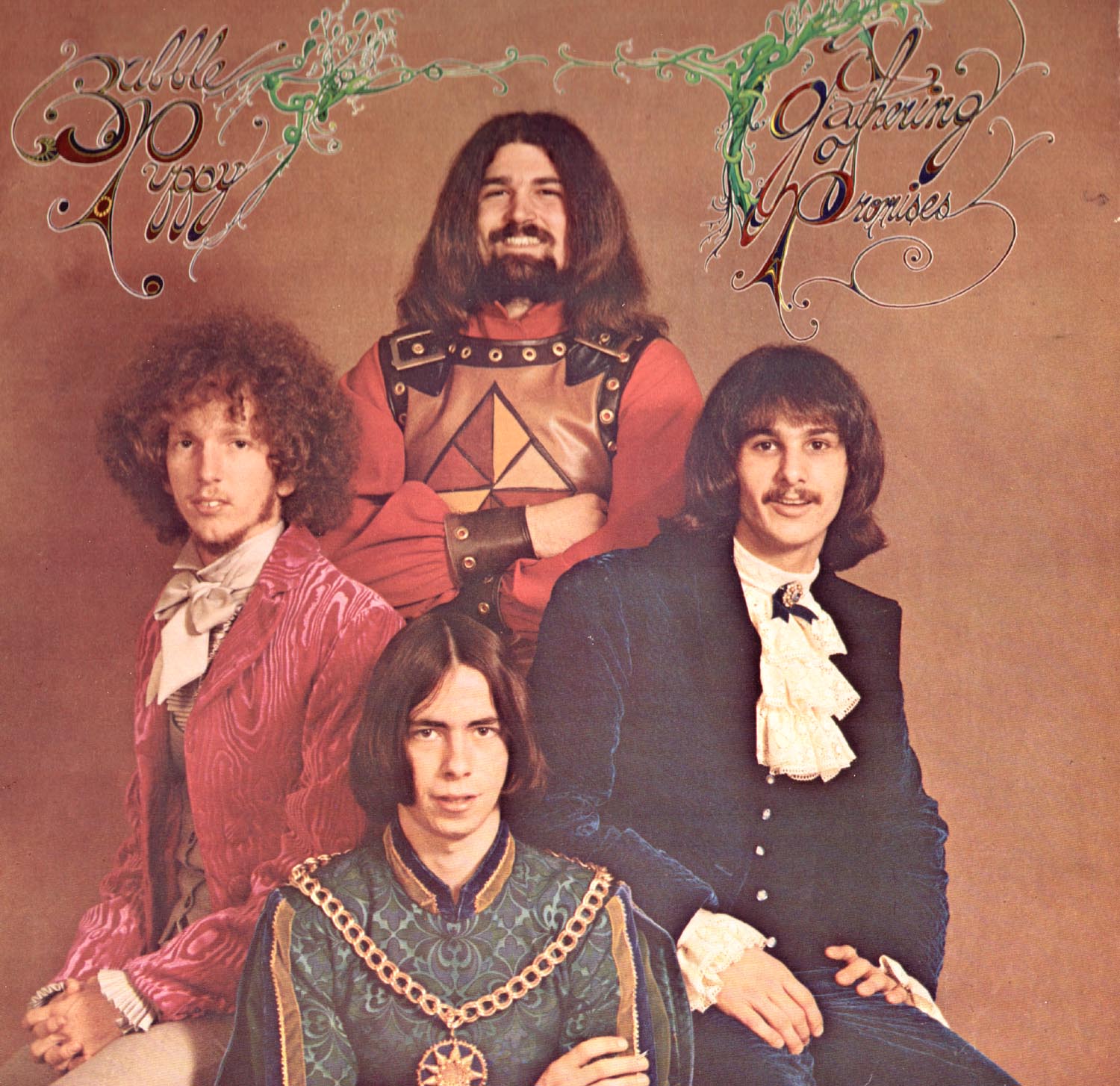
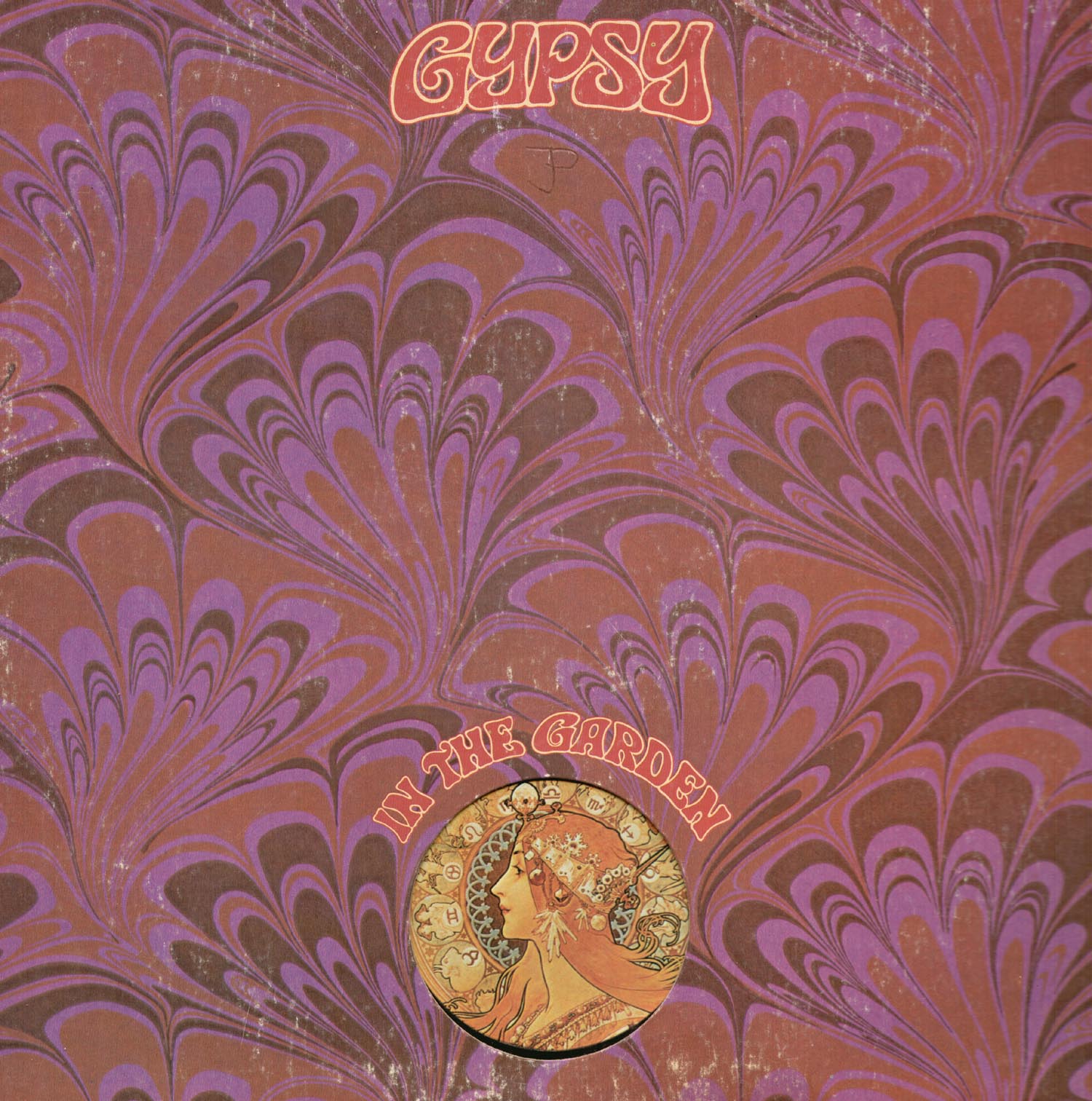
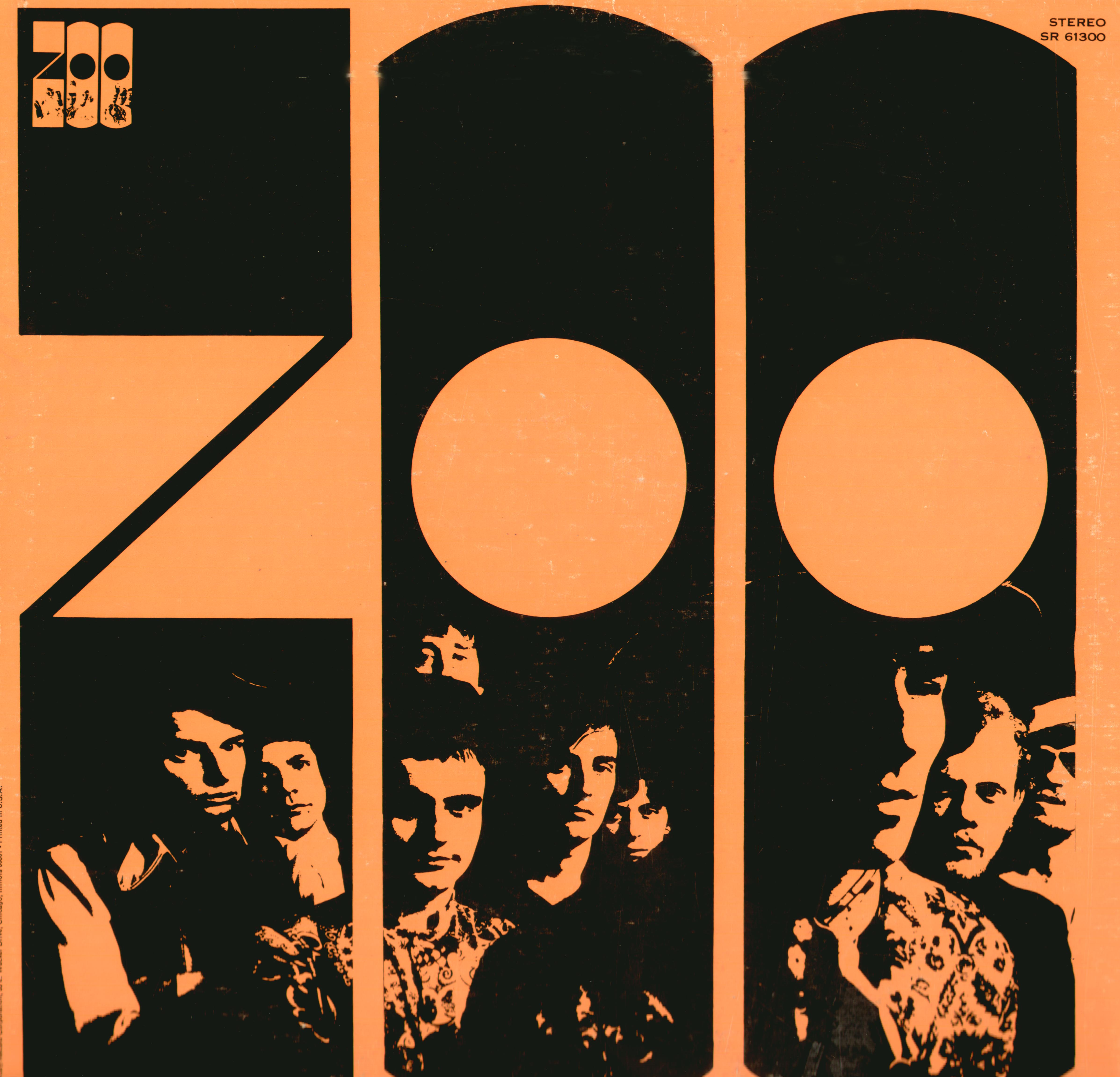
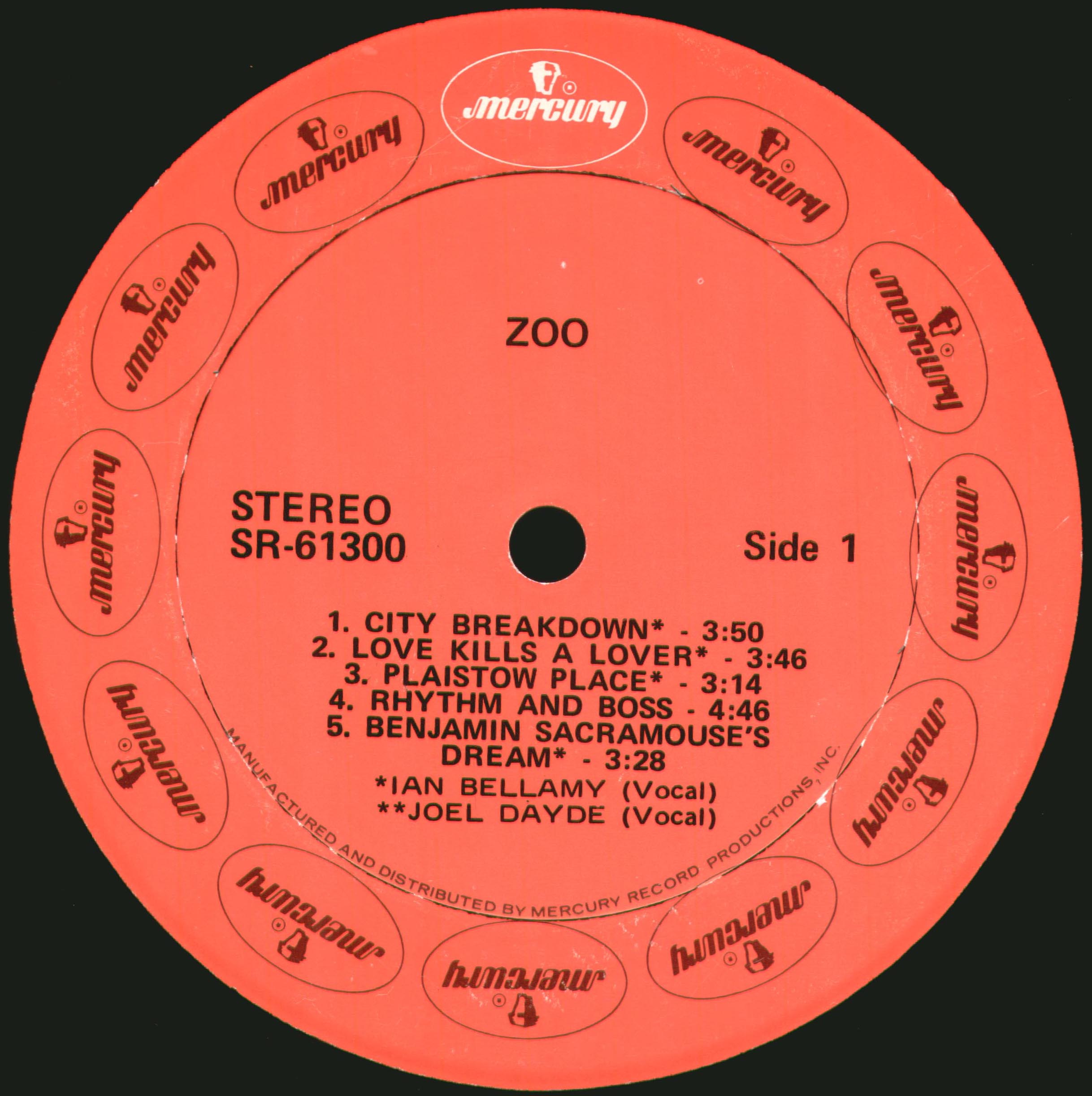
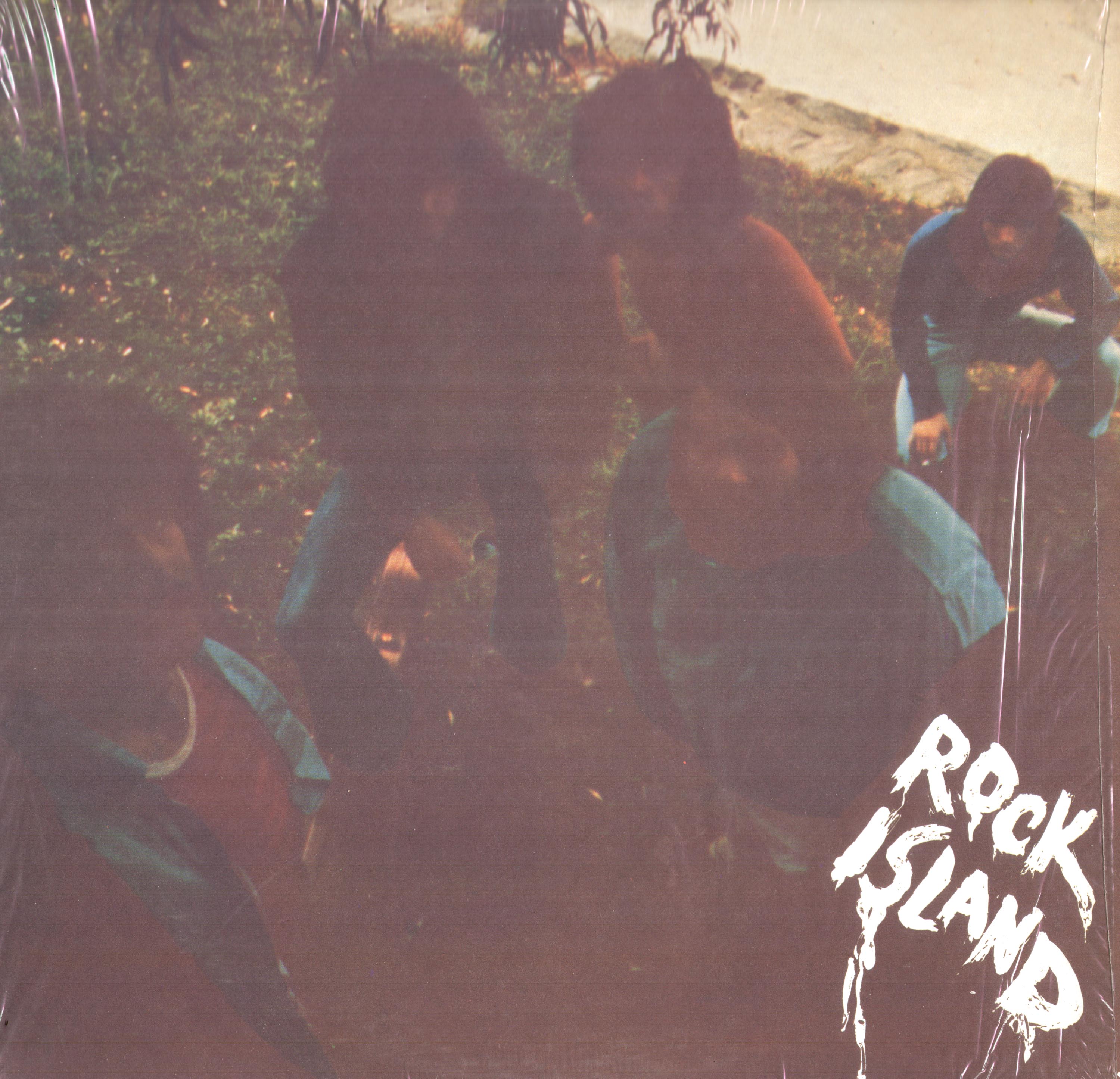
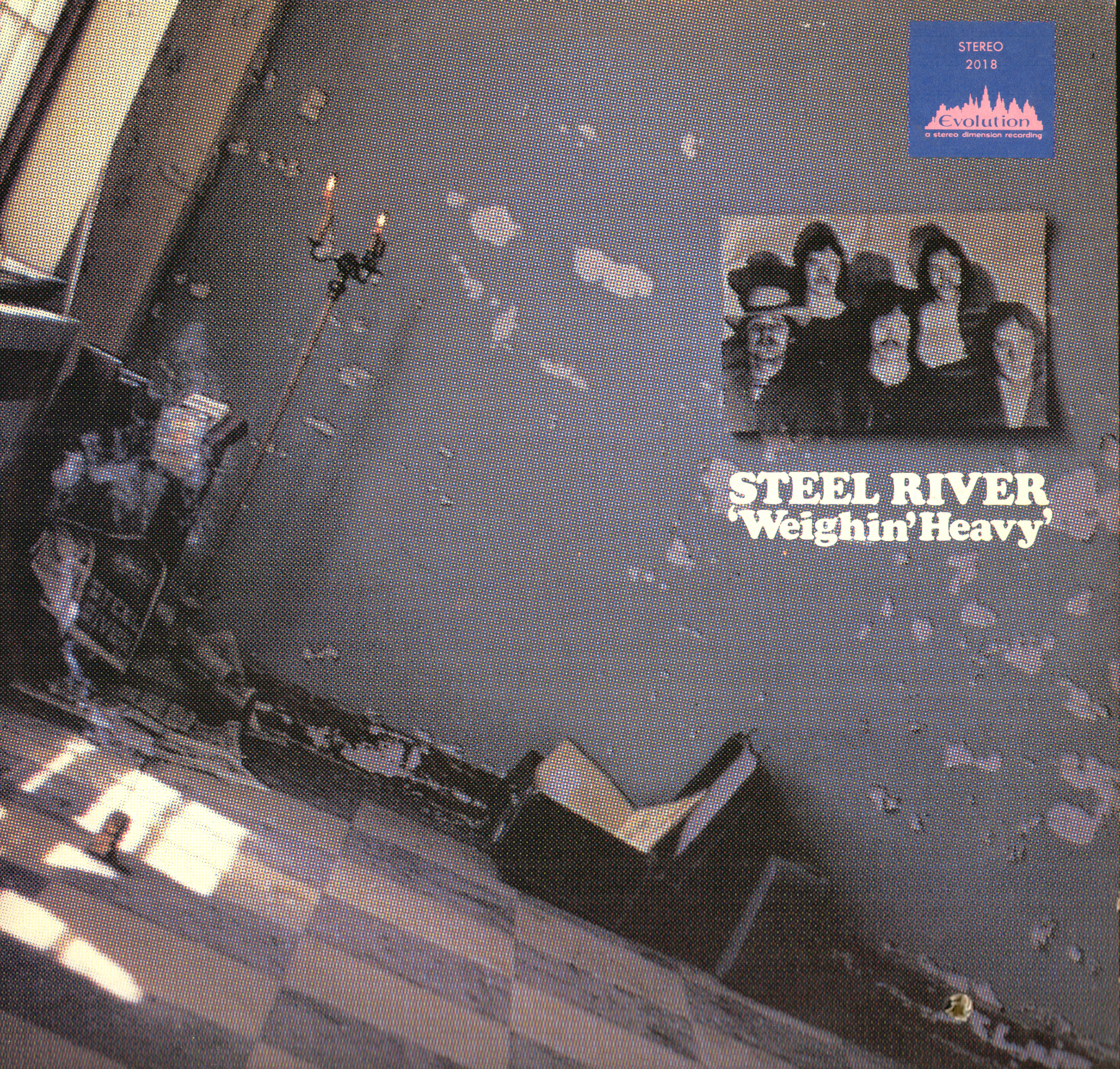
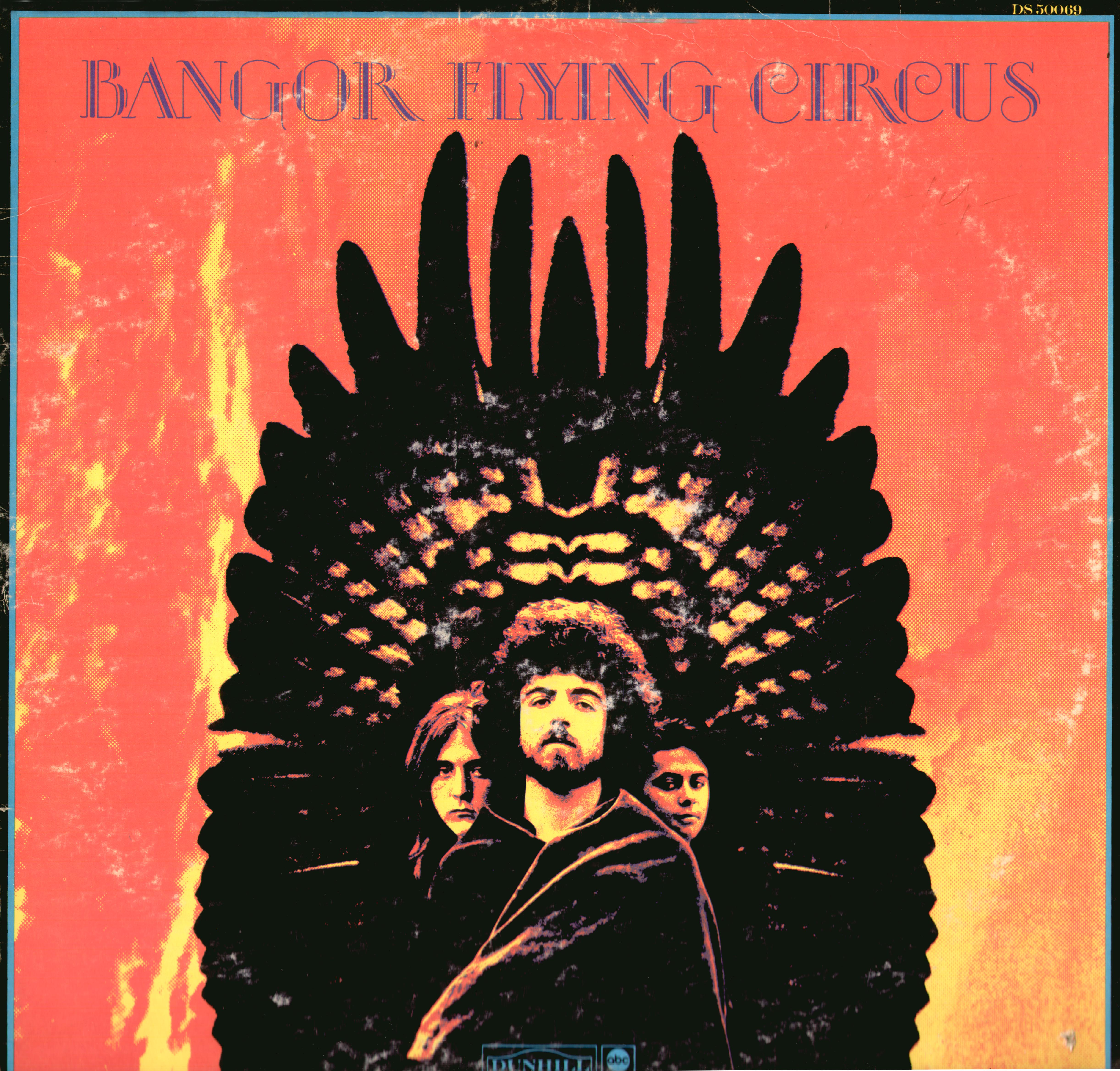
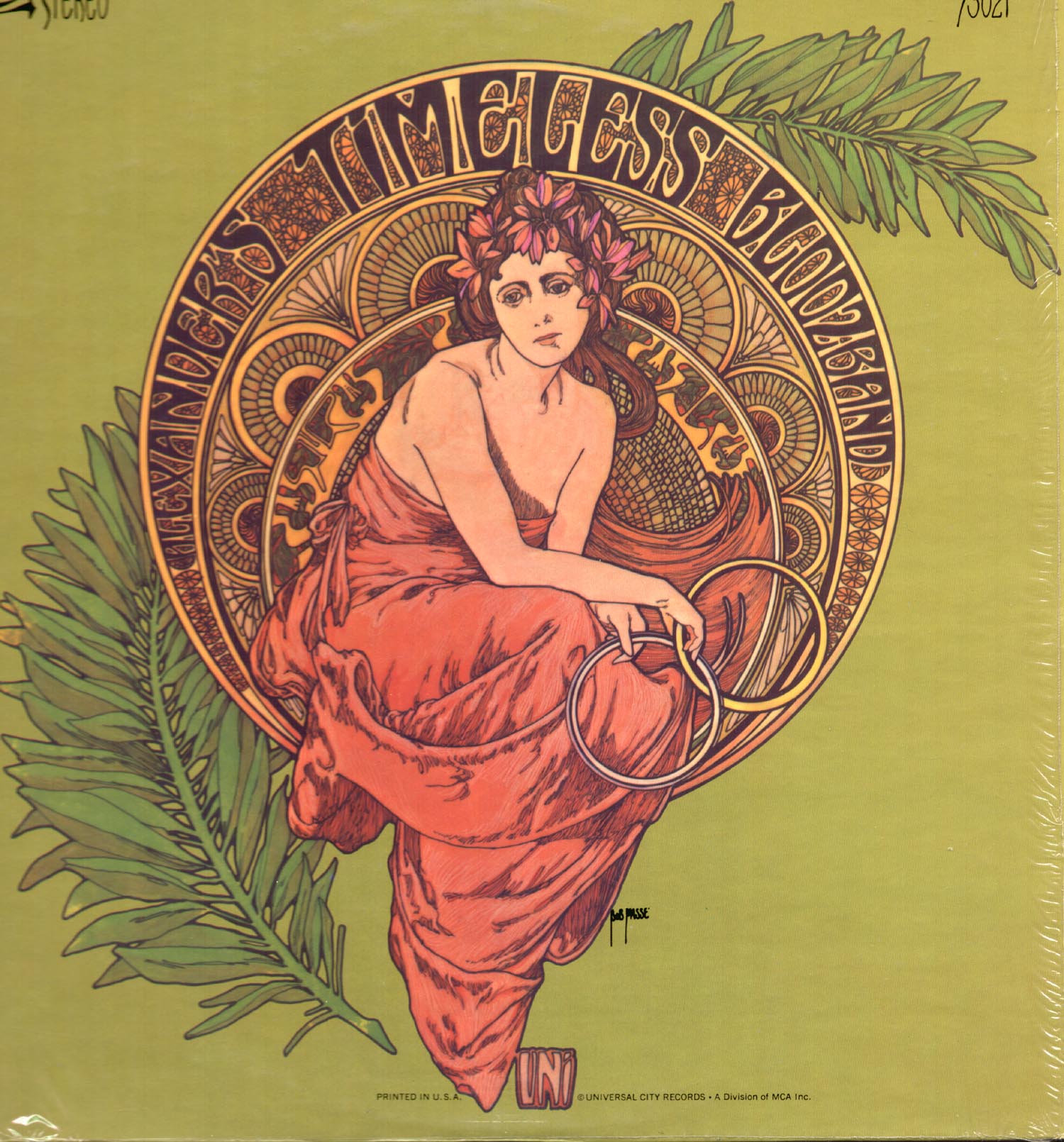
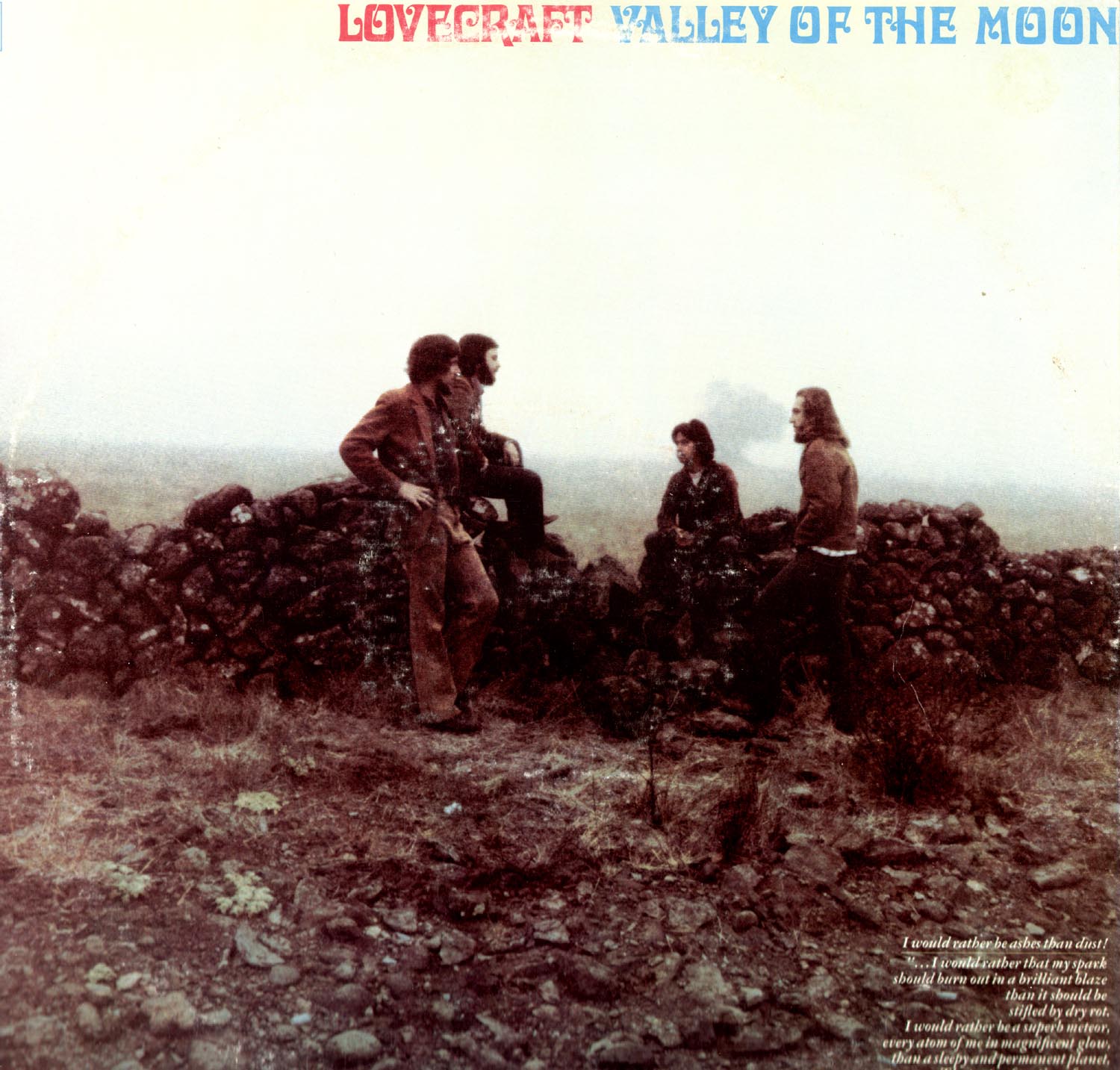
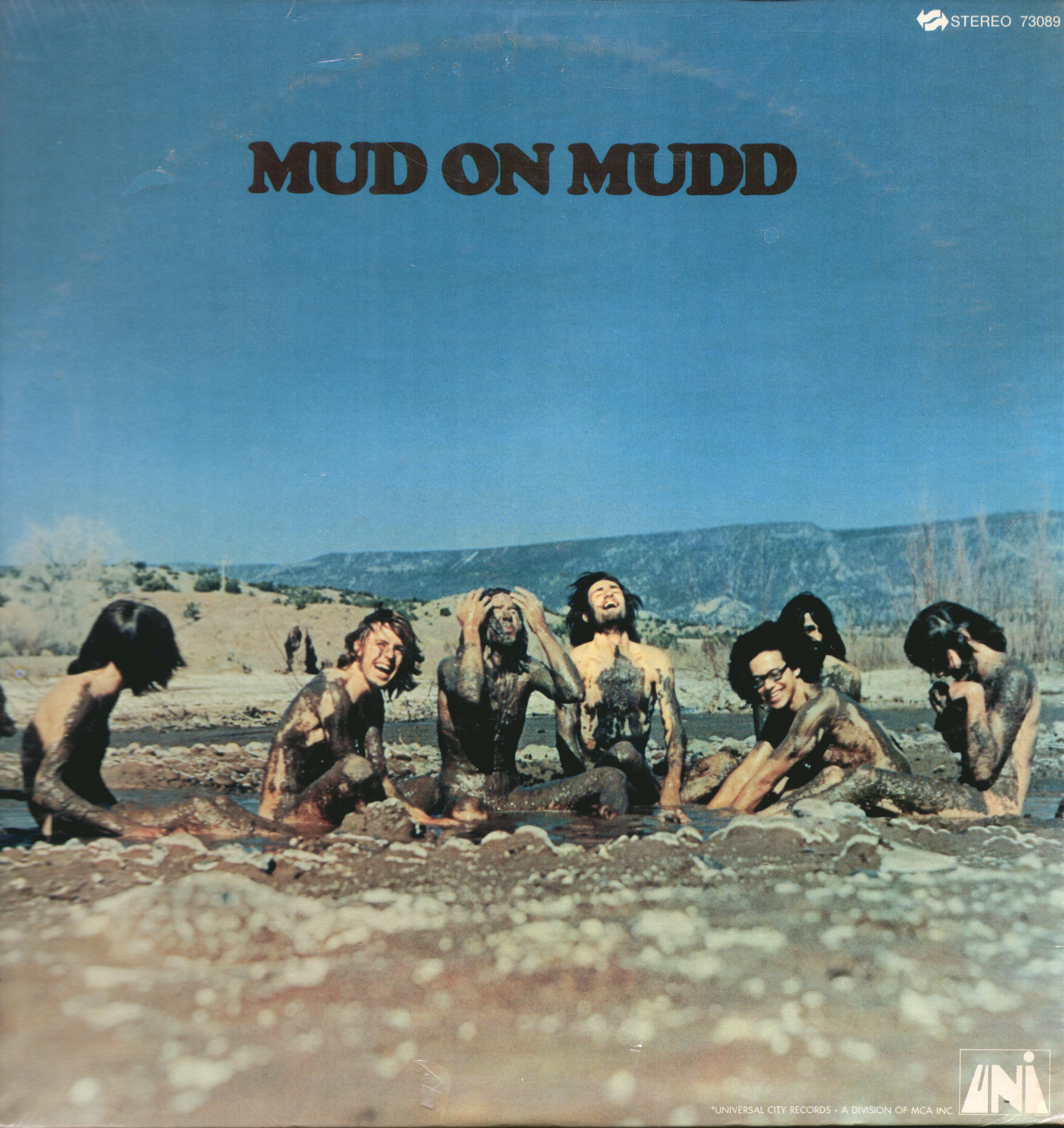
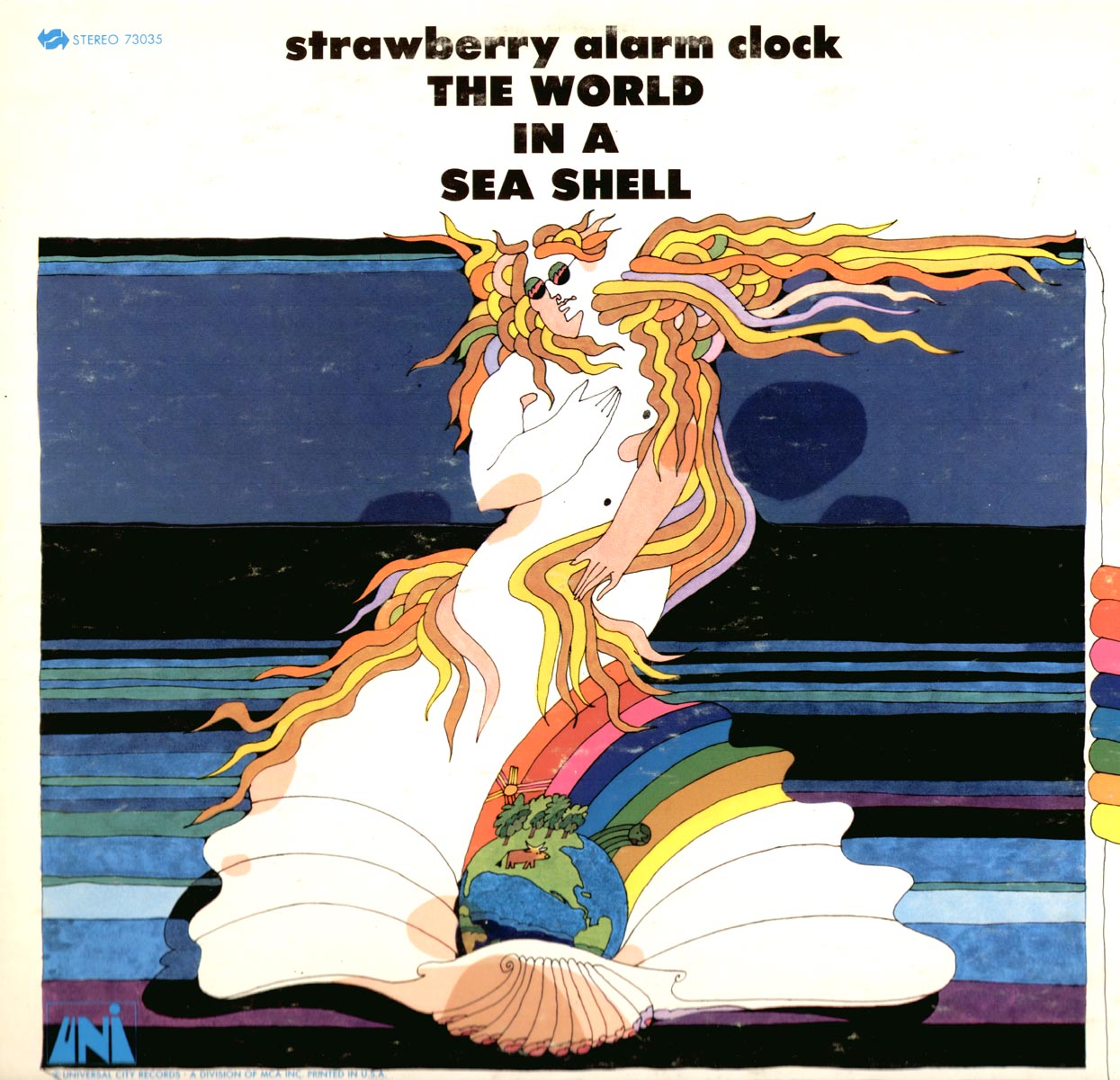
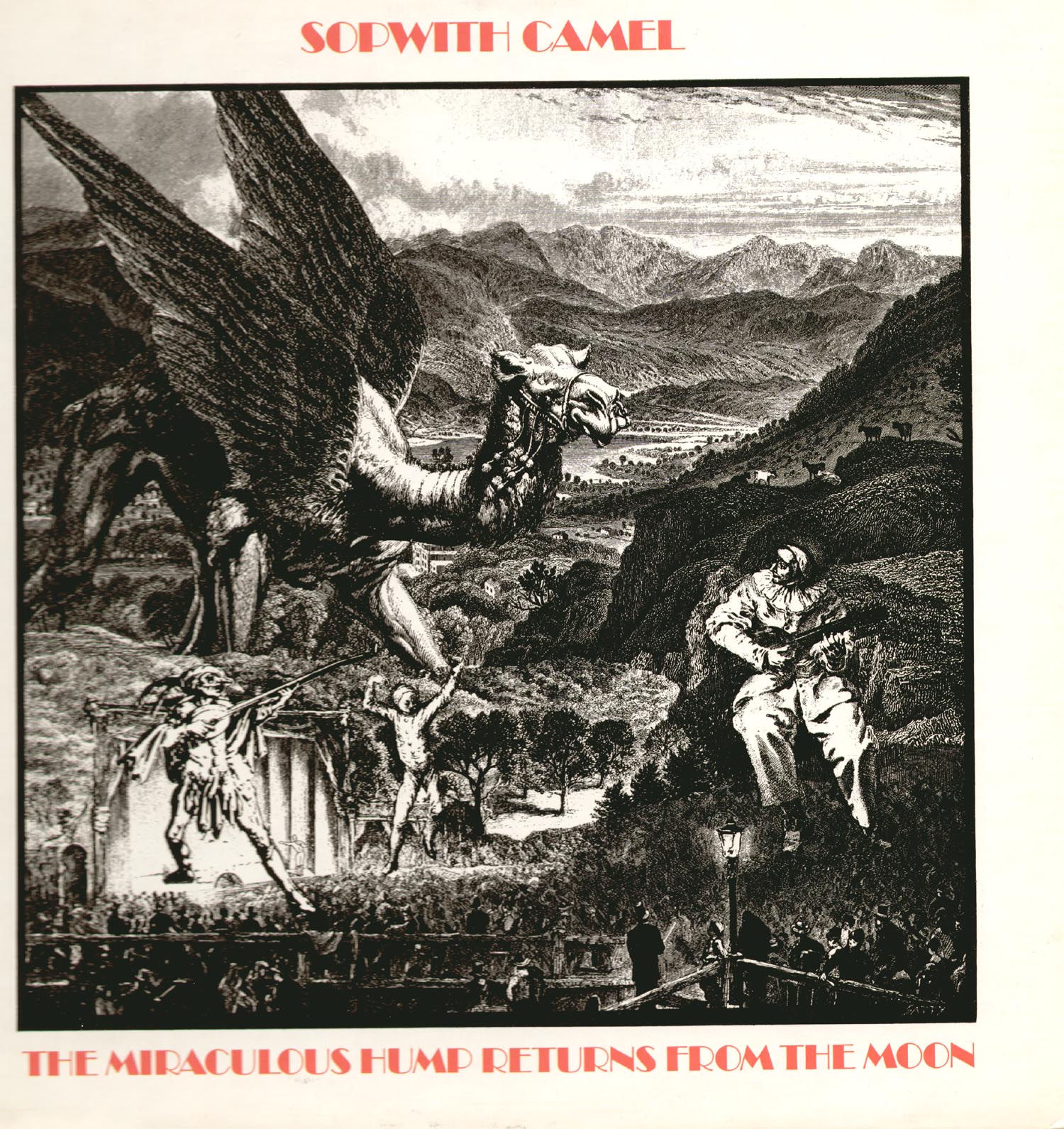
It works in Win 10 just fine. It's the older version of Java that is required to run it.
I just did a 1973 LP tonight Chicken Shack's "Unlucky Boy" with CR. I am using ver. 3.4.1 which might be old. The LP was pretty Near Mint, but I wanted to do one light pass in reverse, and it sounds like a master tape. Very fresh new stylus, NM LP, a good turntable, and a Tascam outboard recorder at 24/96, and it's spooky quiet between tracks, and no inner-groove distortion at all on this.
Since the cv-19 epidemic took over the entire world and spread like a plague, I've been doing a lot more drops of my LPs for the music server. Trying to stay in and away from everyone.
I've got a lot of late 1960s Psych LPs that are not on CD, of the CDs are odd imports of mostly questionable legality.
Like these below. I got into archiving rare psych LPs, and had to "get with the program" on Click Repair, figure out how to use it well with minimal destruction if any.
Is this stuff just too f'ing much? I go absolutely nuts for rare psych as a collector:




















Sorry but this is silly. Once it’s digitized, it’s digitized. And as long as you’re doing manipulations at 24bit or higher, there’s no issue with “degradation”.Because it is not a perfect re-encode lossless of the signal. Every time you crunch the numbers down digitally you are losing or getting further away from the attempt at an exact representation of the analogue wave. This is why EQ is also done in analogue before capture when possible.
I know that there are those that state once you are in the digital domain, you are free to "go for it" and alter all you want and to your heart's desire, "because it's digital". Then there are the others like me when swear it becomes hardened and coarser.
Feel free to disagree, many do. But many of us believe that a good analogue tape is actually higher resolution than most digital. But why would someone sum to mono in digital when it can be done in analogue before capture = less processing. I mean unless you like to digital process stuff in the digital grainulizer.
The post I responded to said nothing about a mono cart. The post said they use a 2 step-process in CR. I was merely pointing out CR effectively combines the 2 tasks into 1 task with its summing function.Yes, exactly. That post said to use a mono cartridge.
To be clear, I usually use this trick after I have processed the entire song normally or when the rest of the song doesn't need repair or only needs one or two fixes which I perform manually. I don't want to process a song or large parts that don't need repair to lessen the chance of removing or dampening something that should remain - finger snaps, snare drum hits, etc.CR brand click fixer "ClickRepair" works just as well on near-silent parts of the LP, and works just as well on micro-ticks, the kind that are very hard to do manually. Even stuff one would not normally mess around with CR goes in and flattens those little pricks into the pavement. The quieter the surface / background, the easier CR has with eliminating the pop or tick.
That is why when I see the repairs going on and I see some or many red lines, I do not get worried about false positives being messed with, as it is fixing some really tiny specks which we almost do not even hear on playback, but they are there is one goes and listens to the raw file again.
I explained why. Because the CR does a better job of processing the click on each wall of the vinyl separately than it does with just doing the one mono click.Because it is not a perfect re-encode lossless of the signal. Every time you crunch the numbers down digitally you are losing or getting further away from the attempt at an exact representation of the analogue wave. This is why EQ is also done in analogue before capture when possible.
I know that there are those that state once you are in the digital domain, you are free to "go for it" and alter all you want and to your heart's desire, "because it's digital". Then there are the others like me when swear it becomes hardened and coarser.
Feel free to disagree, many do. But many of us believe that a good analogue tape is actually higher resolution than most digital. But why would someone sum to mono in digital when it can be done in analogue before capture = less processing. I mean unless you like to digital process stuff in the digital grainulizer.
Okay, let's see if this makes sense. When any click reduction software, be it CR, Au, iZotope, whatever, removes a click, it replaces it with something. Something that it has interpolated based on the signal to either side of the click. When you have it repair a single mono click, it gets one shot at deciding what should go into that space. When you do the same thing in stereo, it "looks at" the click twice, usually a larger click on one wall and a smaller inverse click on the other wall. Having two shots at it there is less likely to be artifact. It is ever far less likely that any artifact will be the same on each side (remember, the click is usually inverse on the other wall). So by declicking each wall separately, you reduce the artifacts by summing them with proper signal.IOW separating the mono signal [which has both L+R and L-R components into mid/side, keep the mid and ditch the side from the git-go, the results in my experience [been doing this since the 80s] are cleaner than just choosing a cleaner side [left or right wall] because it filters out all noises that are not common to both. many pre-amps do not separate mid/side and just mix the left side with the right side for their mono switch. on a PC you will need a channel mixer to do the job right. several programs including d-cart and sound forge have this channel mixer feature, as does iZotopeRx. phono carts that are wired for true mono also do the mid/side separation, ditching the side.
You responded to my post, I just went back and rechecked. My post was responding to someone who suggests using a mono cart to do mono drops.The post I responded to said nothing about a mono cart. The post said they use a 2 step-process in CR. I was merely pointing out CR effectively combines the 2 tasks into 1 task with its summing function.
In my opinion that stuff is the reason to do drops. I know a lot of internet stars buy the latest, most expensive MFSL One Step pressing of whatever and drop it to get famous, but who really cares? Don't we already have several good digital versions of those albums? You are doing a service to make an archival copy of those rarities. I too favor late 60s/early 70s rarities, but for me it's more in the blues rock/southern rock vein than psych. I've done drops of Goose Creek Symphony and Greezy Wheels, for example. Almost anything I drop has never had a digital release (or in the case of some stuff like latter day Bruce, the only digital release was bricked so badly that it was unlistenable). Again, why bother doing all that work for something that isn't really necessary?I got into archiving rare psych LPs, and had to "get with the program" on Click Repair, figure out how to use it well with minimal destruction if any.
Is this stuff just too f'ing much? I go absolutely nuts for rare psych as a collector:
Ummm, isn’t that exactly what I said? Your post made it sound like you recommend a 2 step process, but I think we’re in violent agreement.You responded to my post, I just went back and rechecked. My post was responding to someone who suggests using a mono cart to do mono drops.
If you read the manual, you will find that CR declicks first then sums second. That is critical.
Yes, we are in agreement. My post wasn't questioning yours, it was reinforcing it. You seem to have misunderstood.Ummm, isn’t that exactly what I said? Your post made it sound like you recommend a 2 step process, but I think we’re in violent agreement.
It’s really very simple - folks should use the summing function in CR while declicking. It basically does step 1 then step 2 almost simultaneously - all in one pass.
It's true that there are folks that get a new big box set of (digital) LPs by AC/DC and then they go and do needle drops of it. Not much point in that at all.In my opinion that stuff is the reason to do drops. I know a lot of internet stars buy the latest, most expensive MFSL One Step pressing of whatever and drop it to get famous, but who really cares? Don't we already have several good digital versions of those albums? You are doing a service to make an archival copy of those rarities. I too favor late 60s/early 70s rarities, but for me it's more in the blues rock/southern rock vein than psych. I've done drops of Goose Creek Symphony and Greezy Wheels, for example. Almost anything I drop has never had a digital release (or in the case of some stuff like latter day Bruce, the only digital release was bricked so badly that it was unlistenable). Again, why bother doing all that work for something that isn't really necessary?
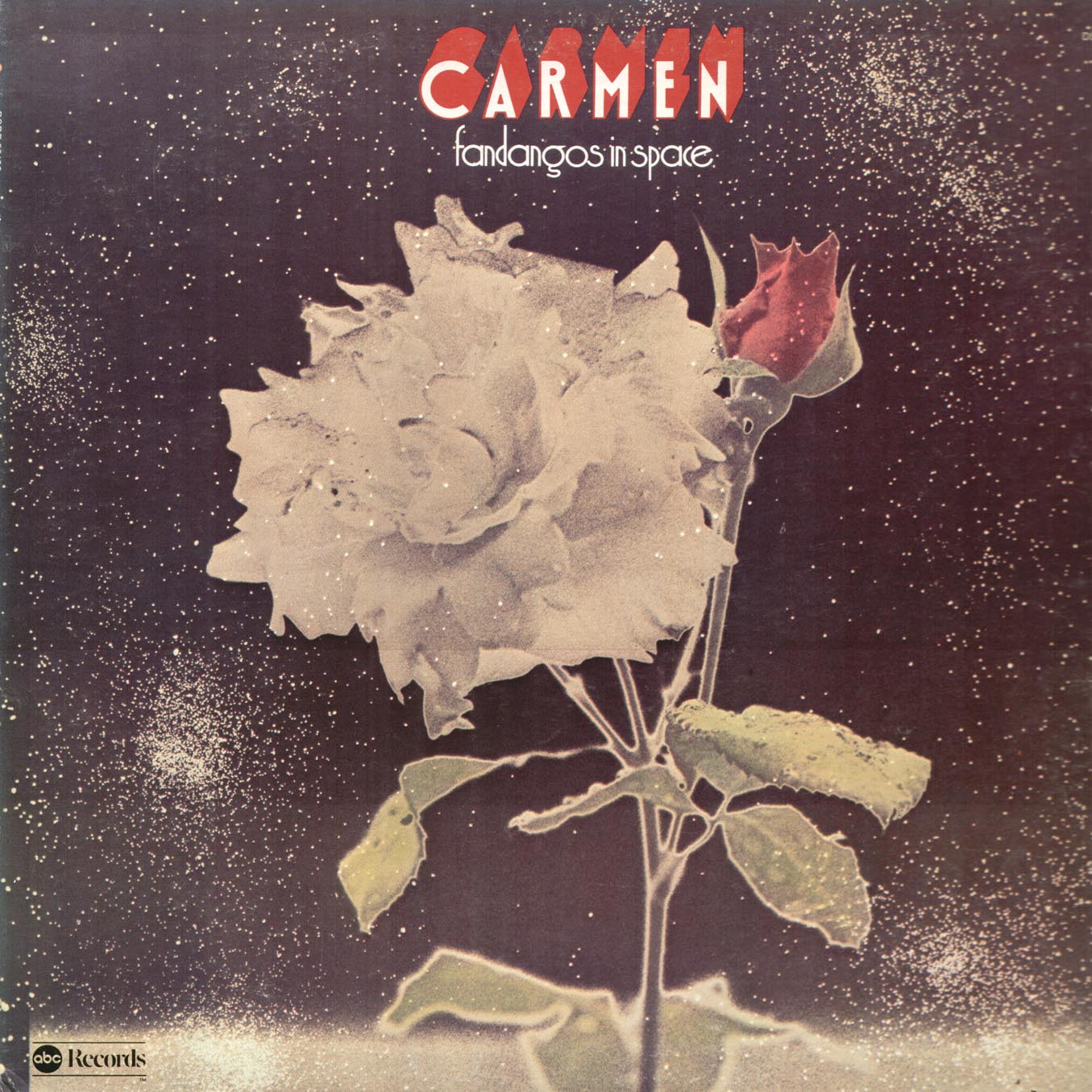
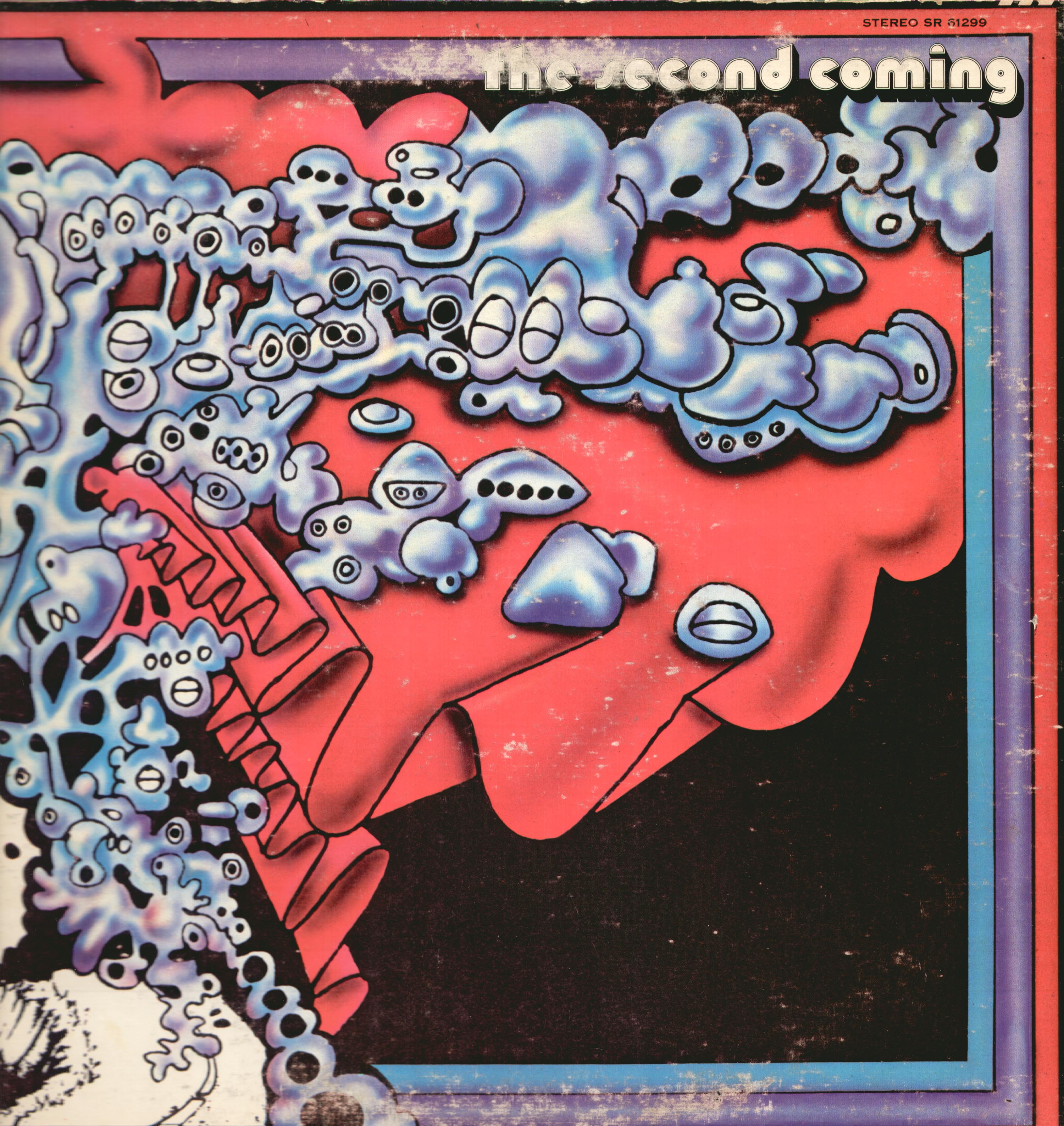
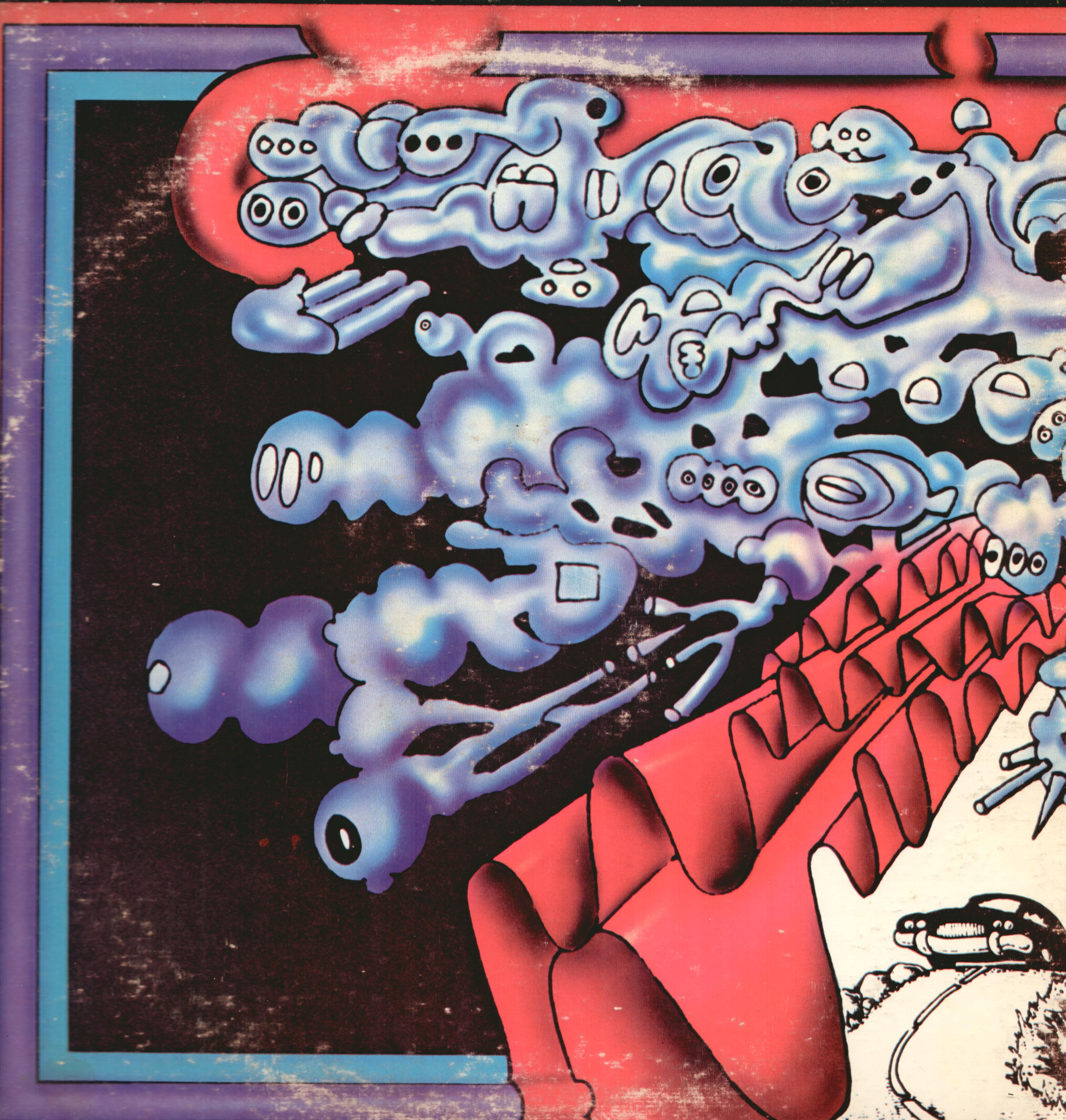
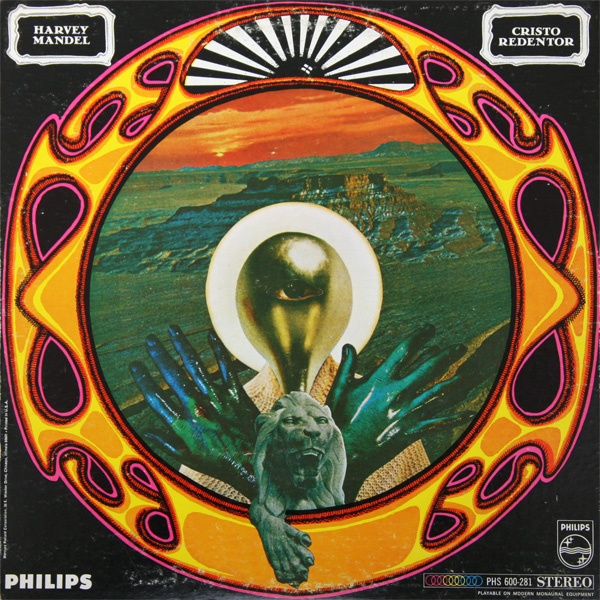
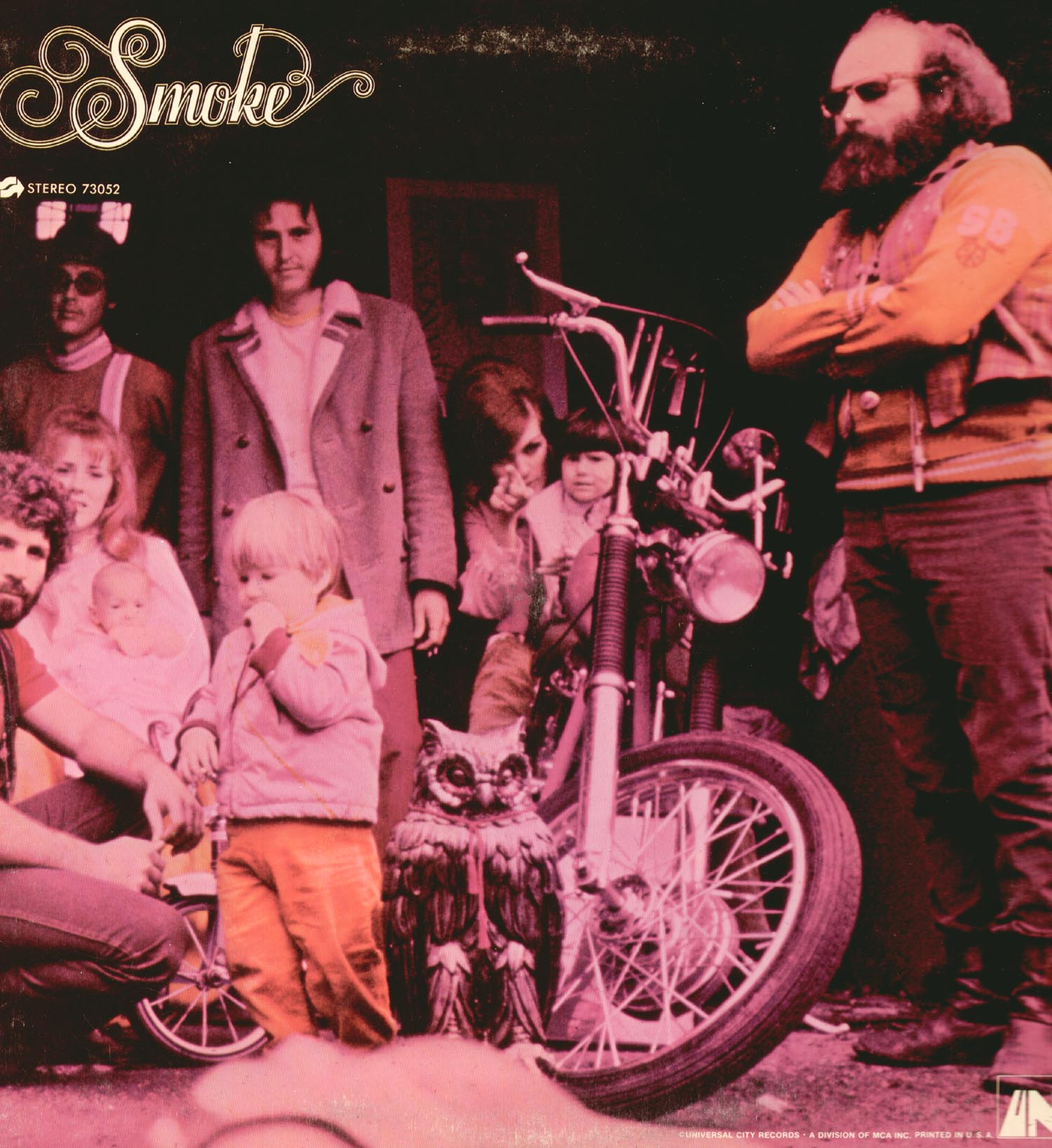
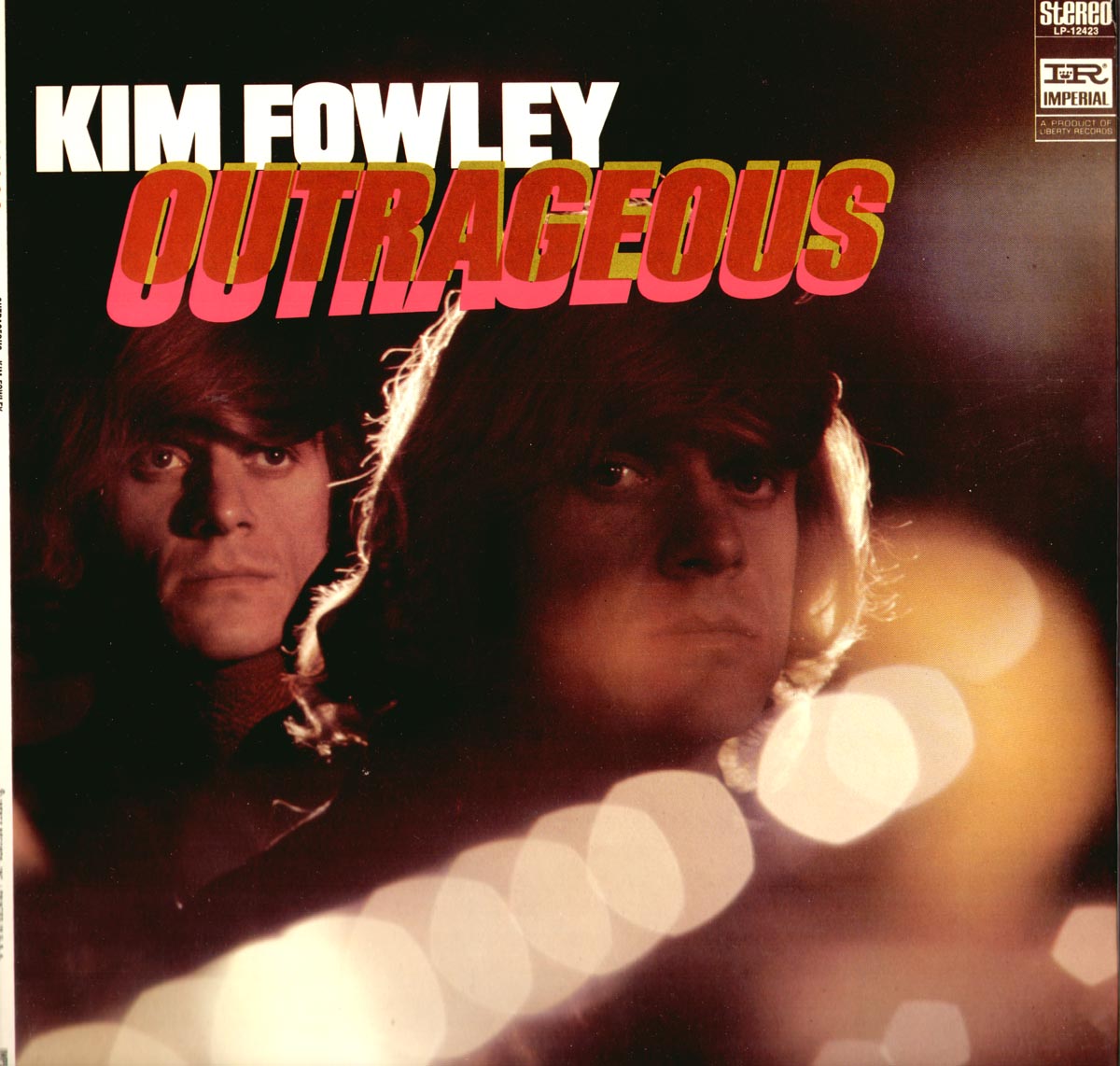
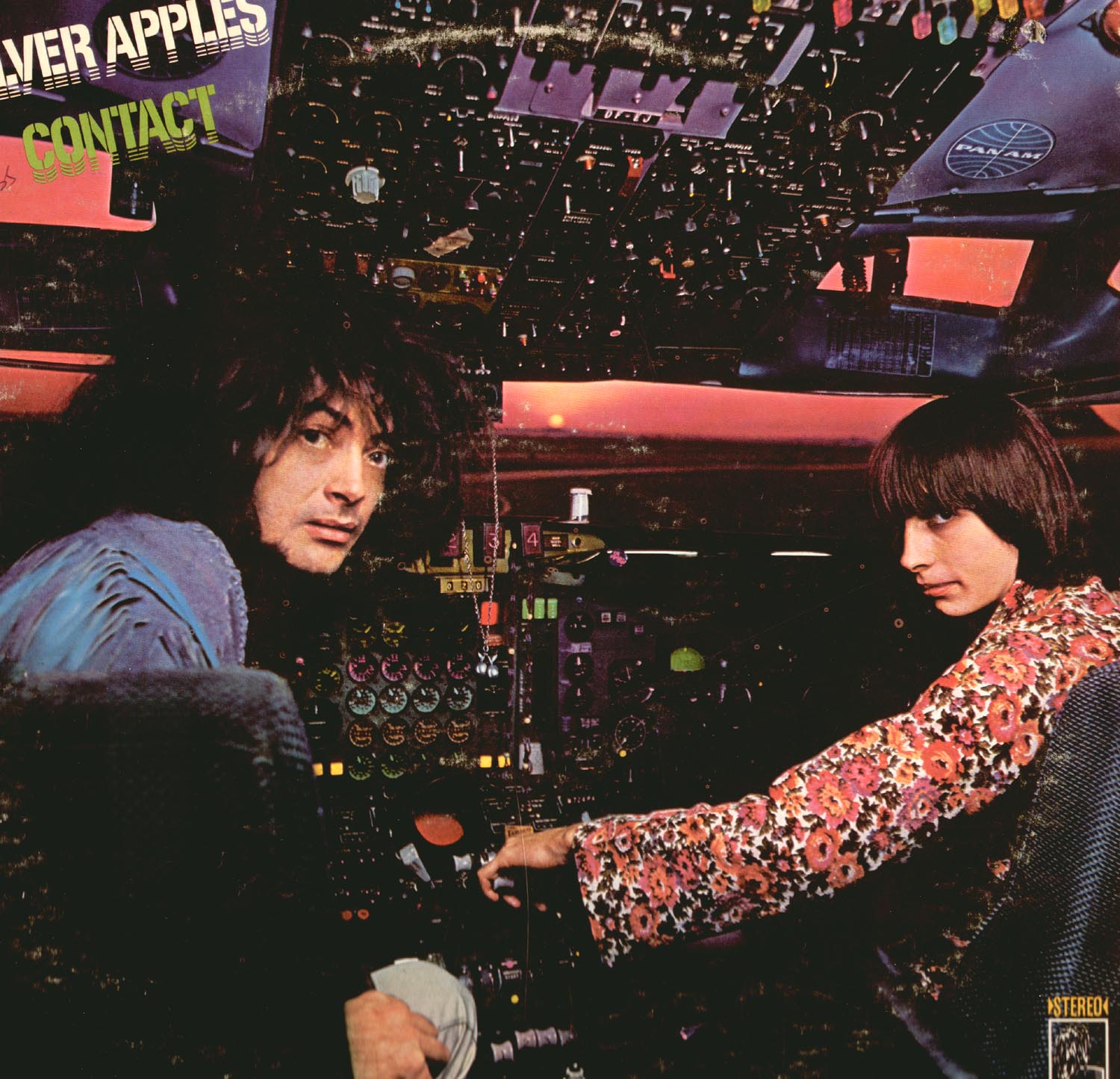
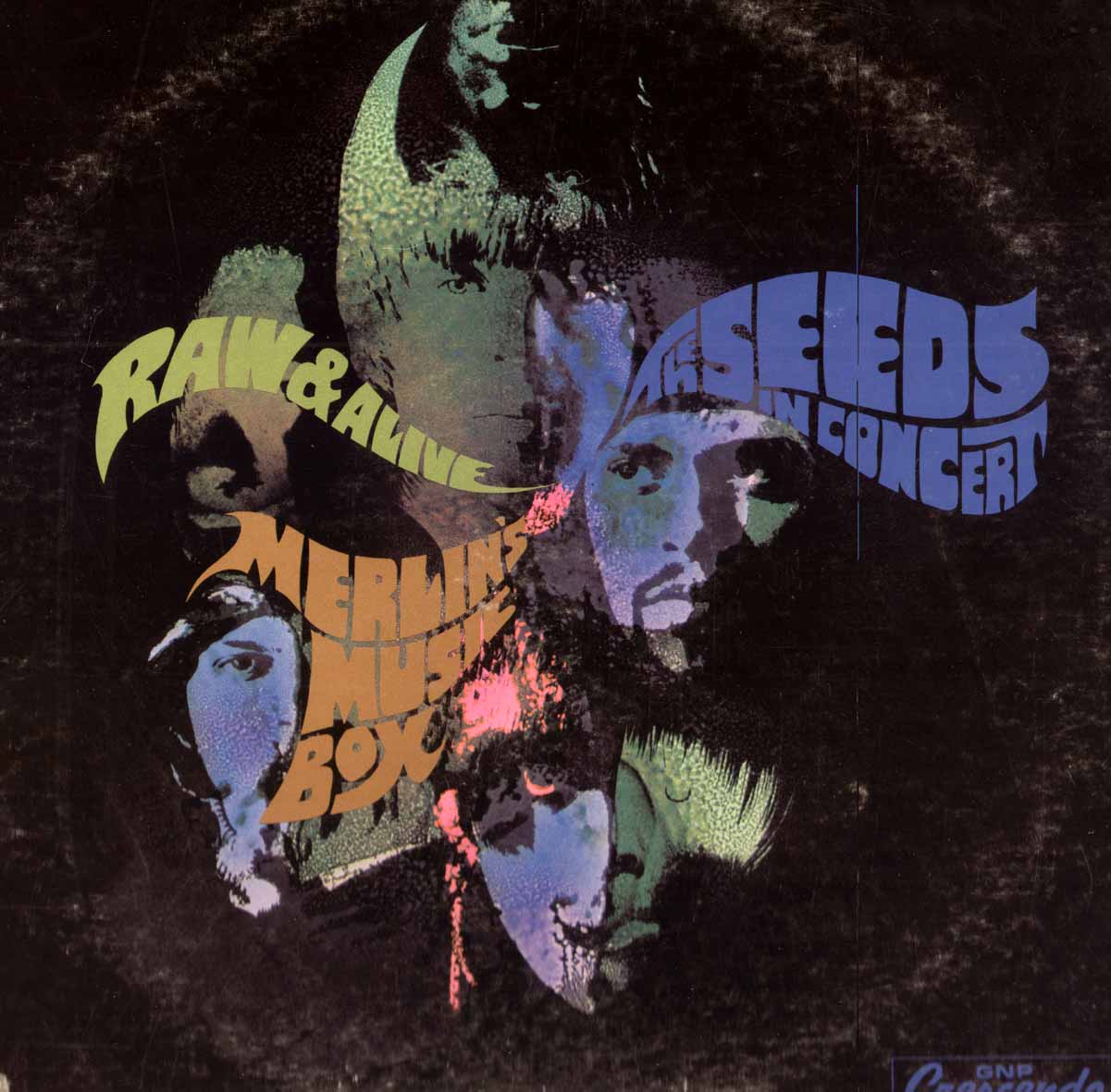
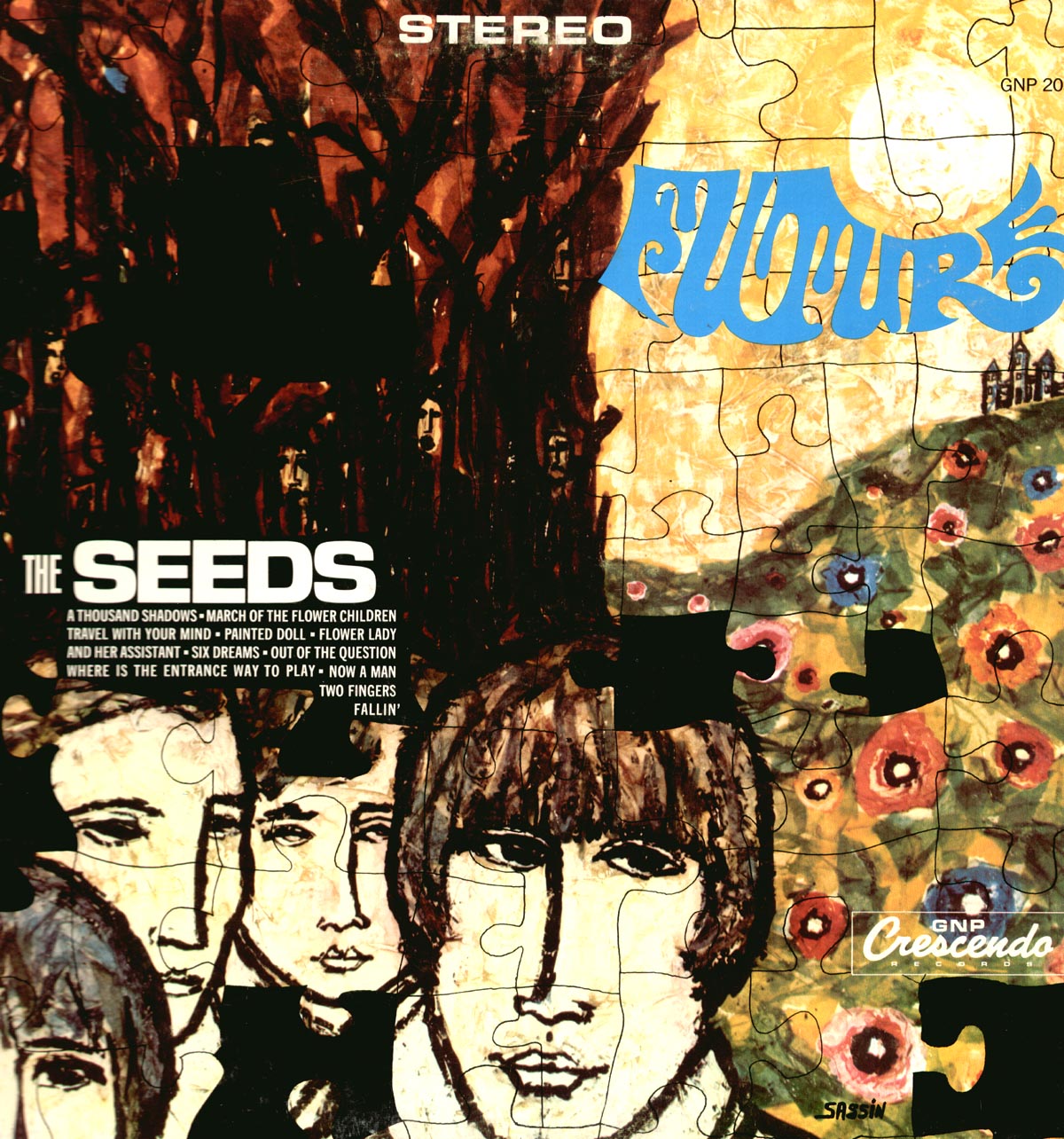
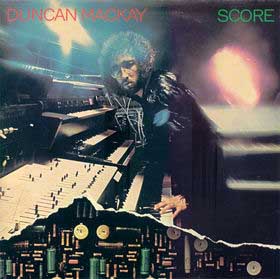
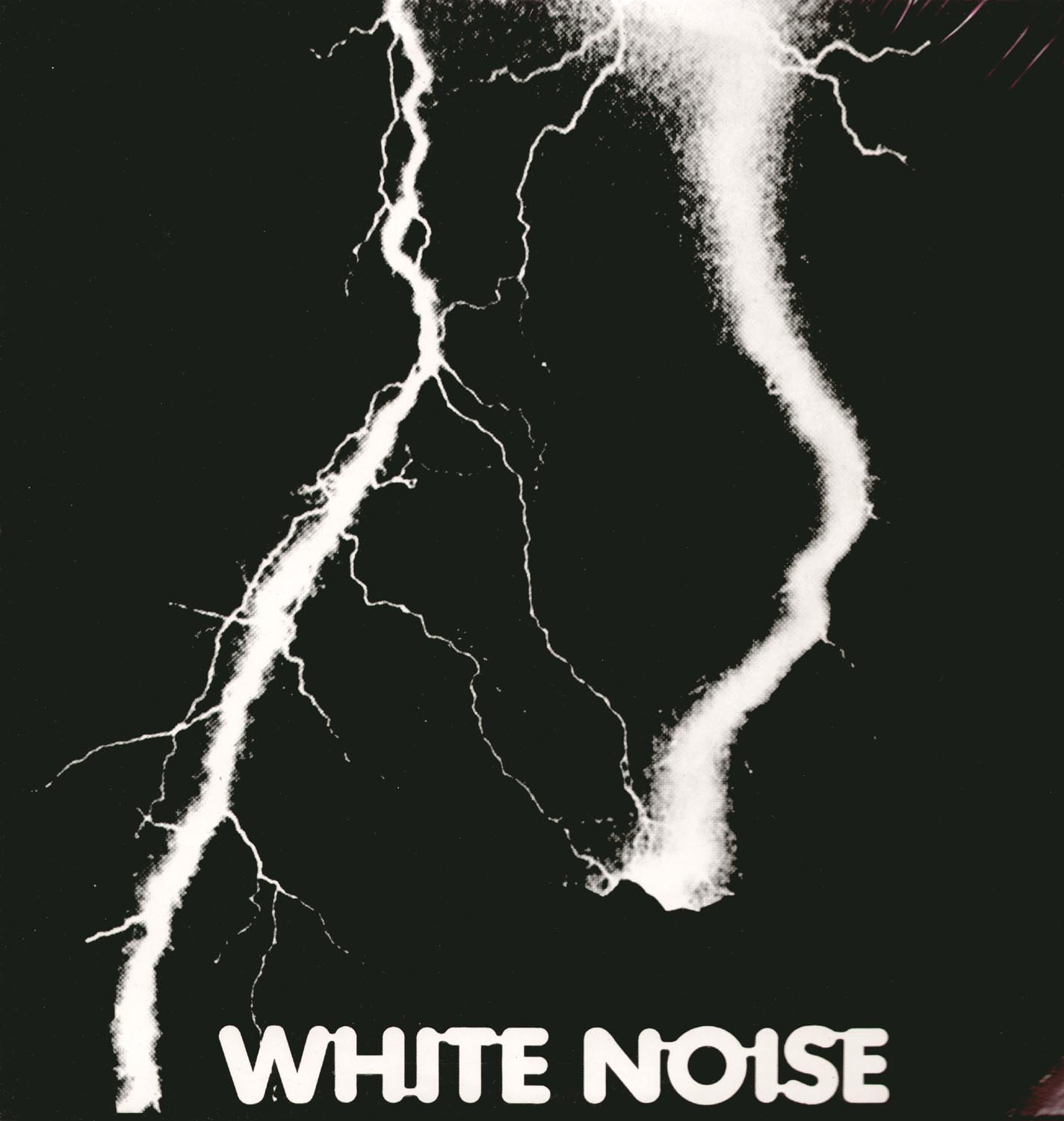
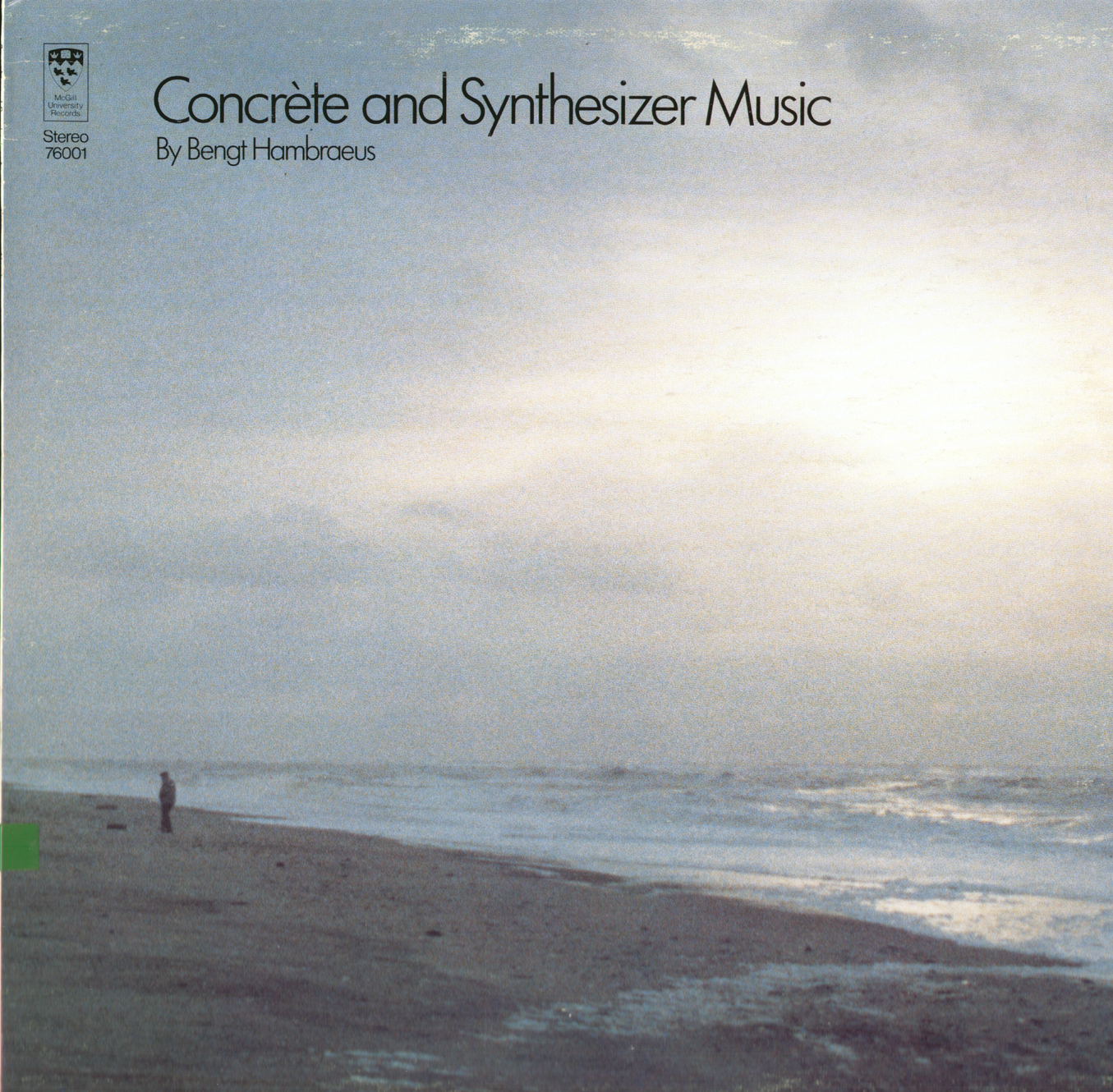
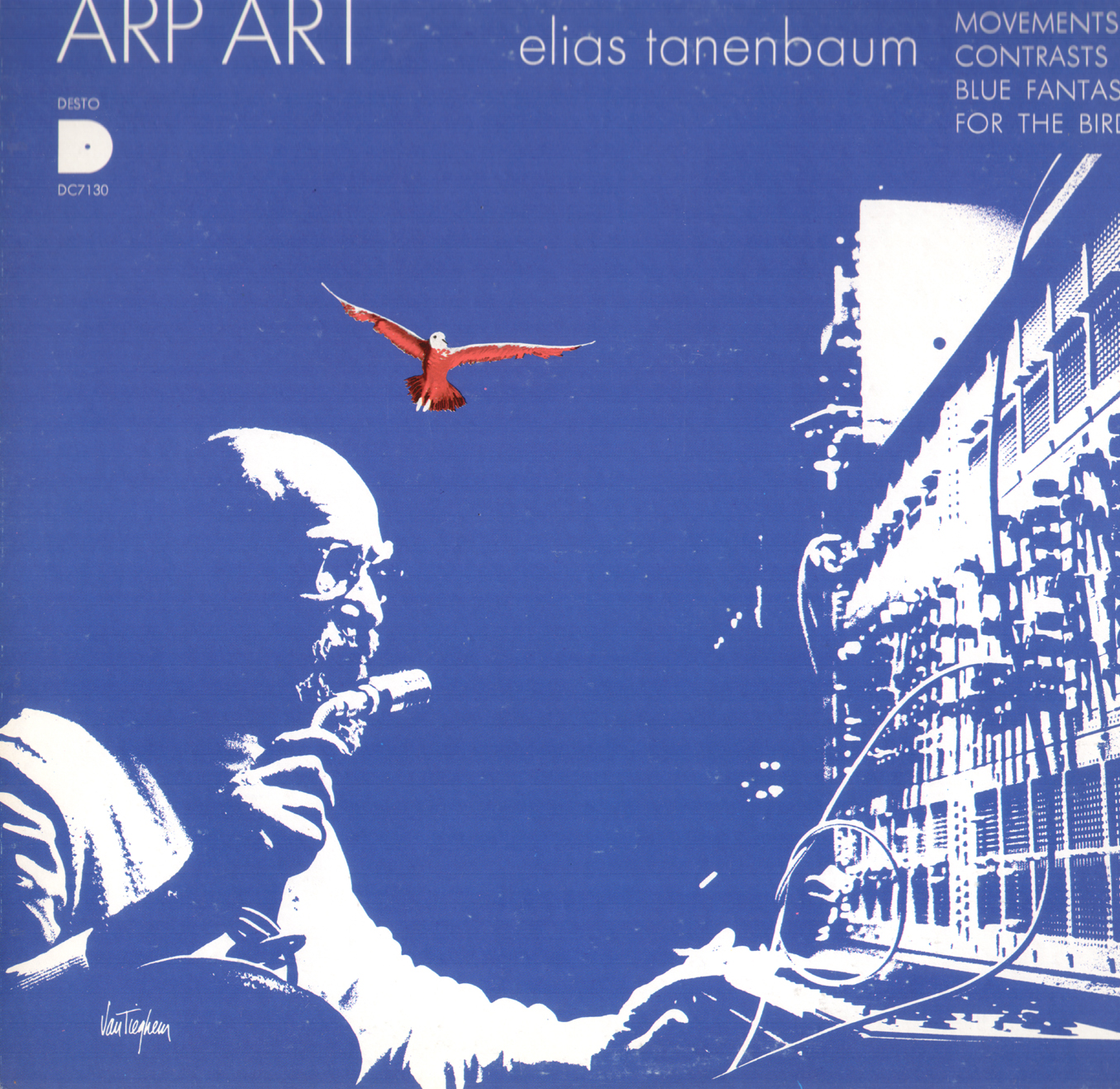
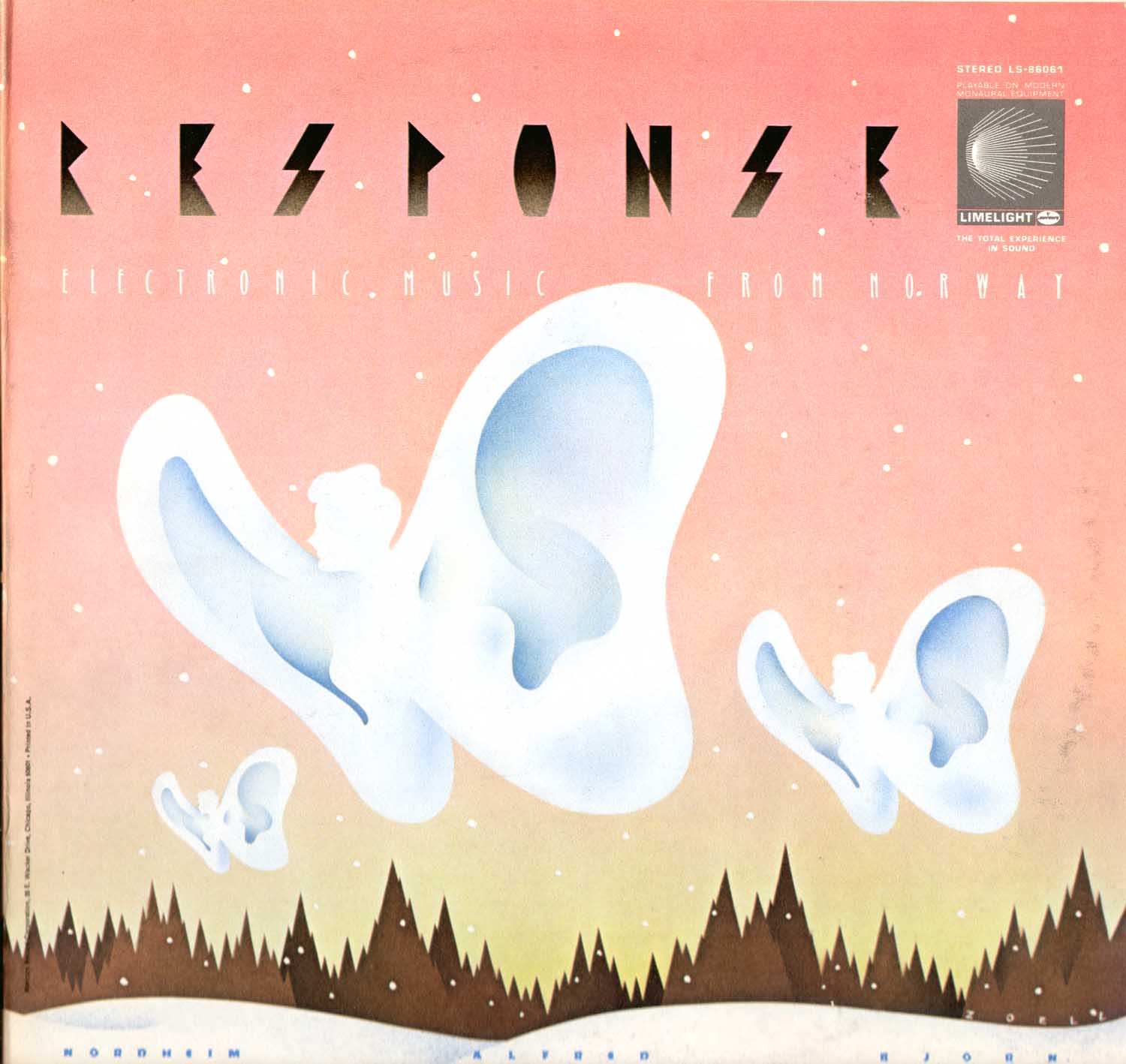
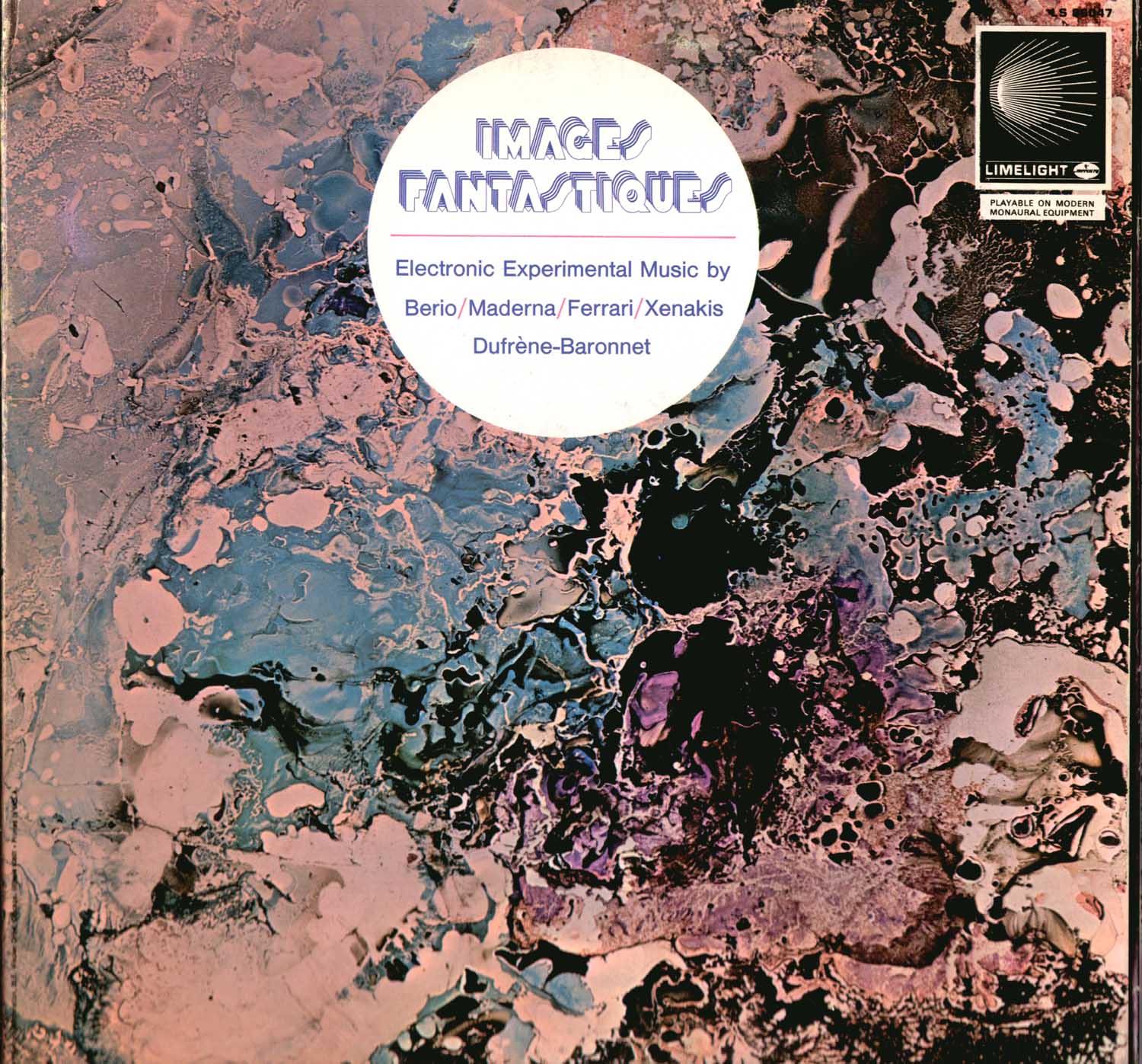
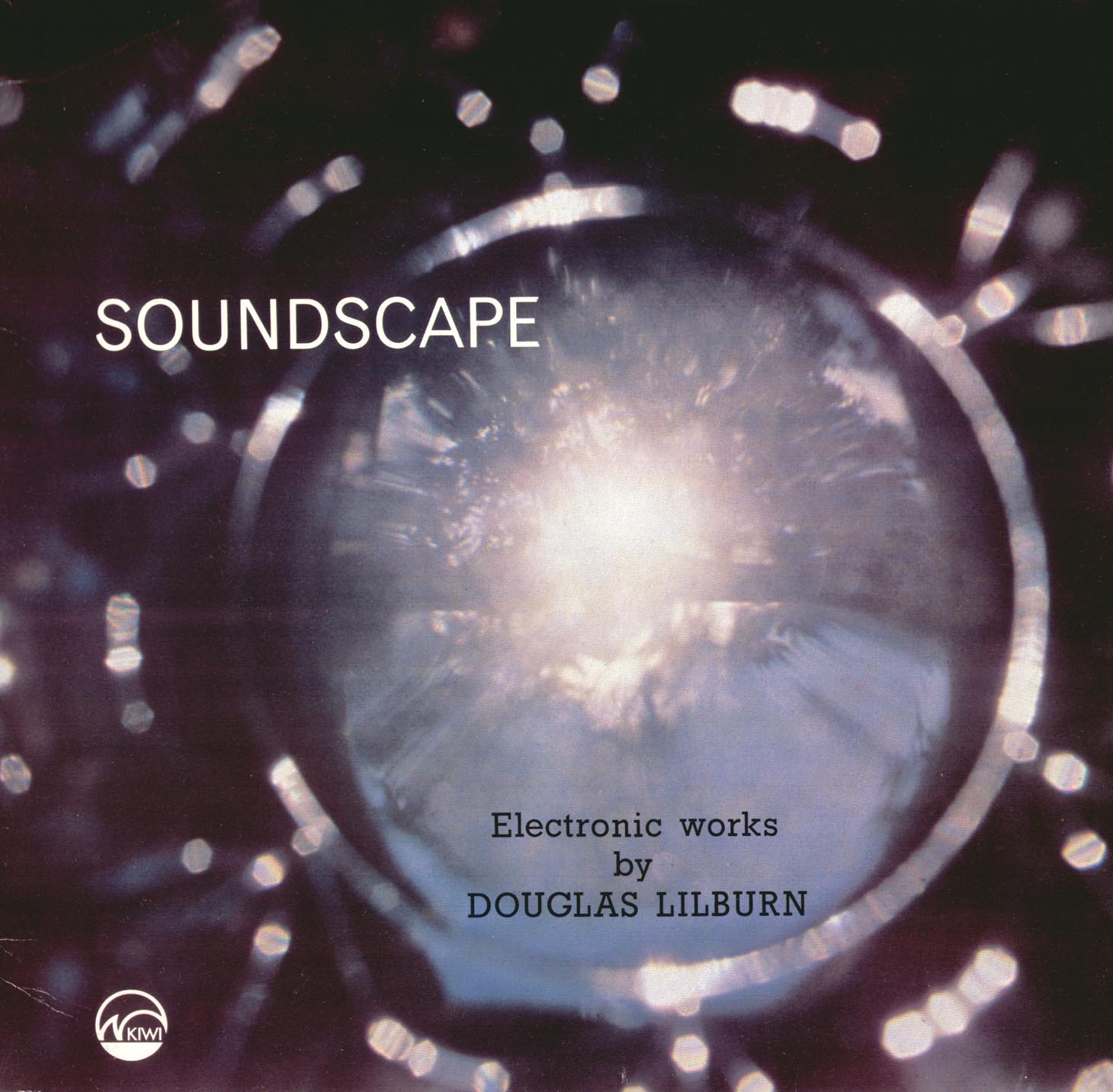
Enter your email address to join: